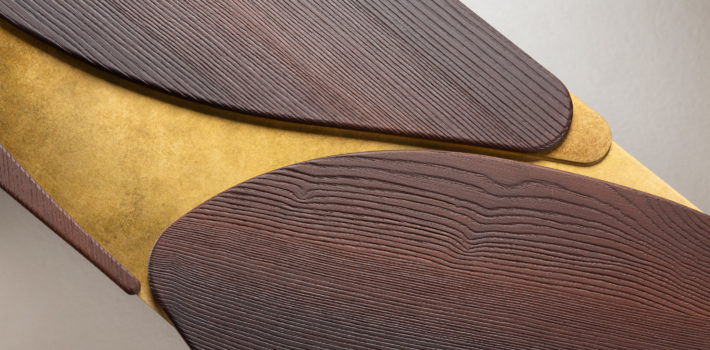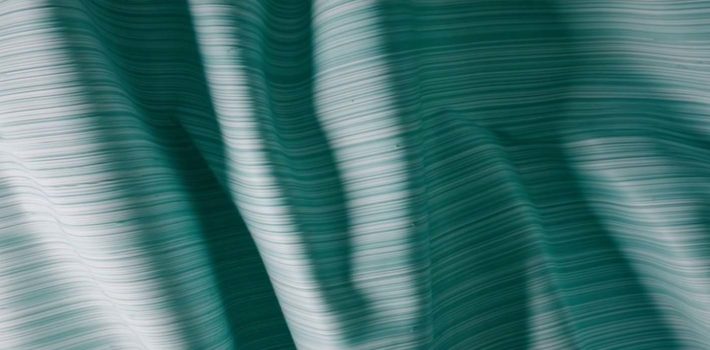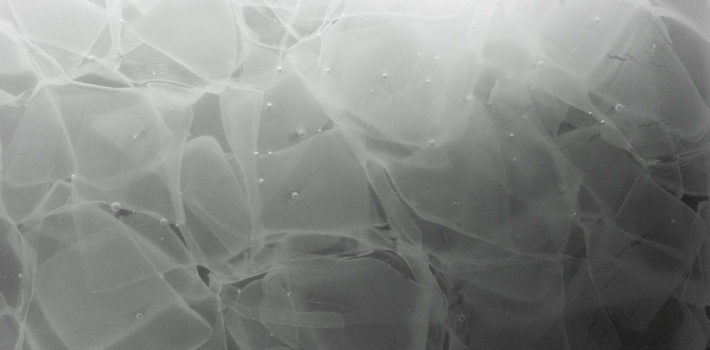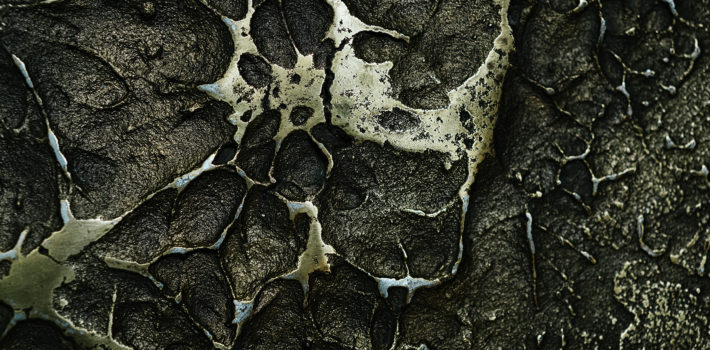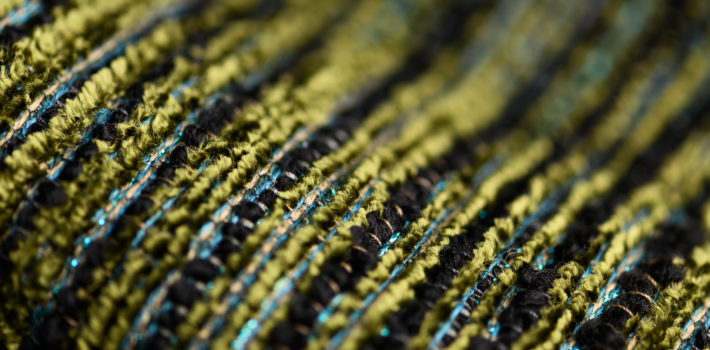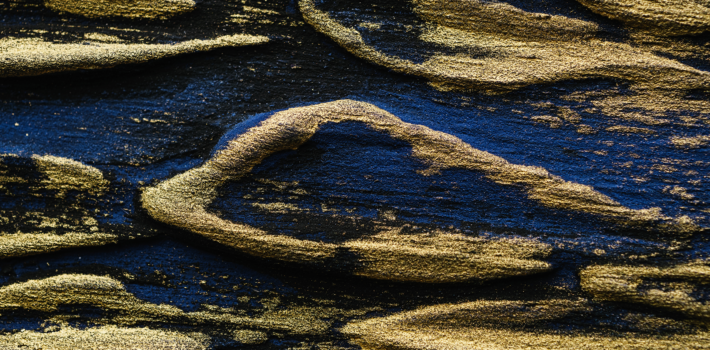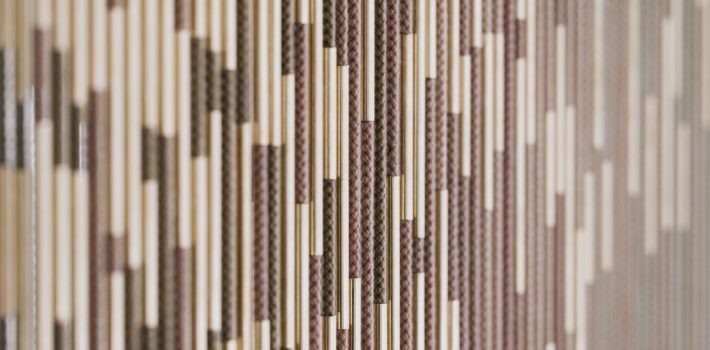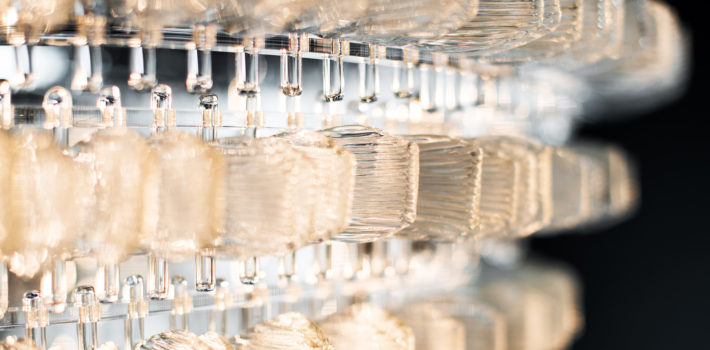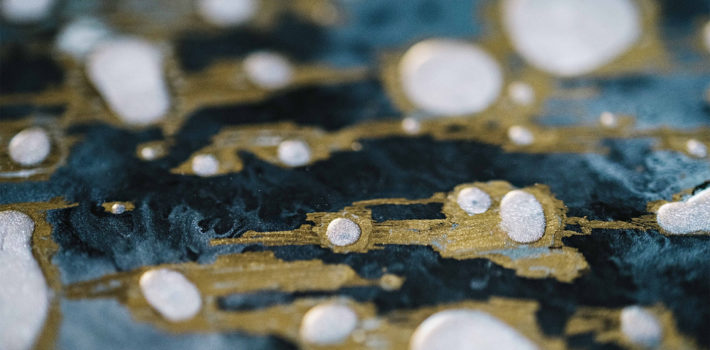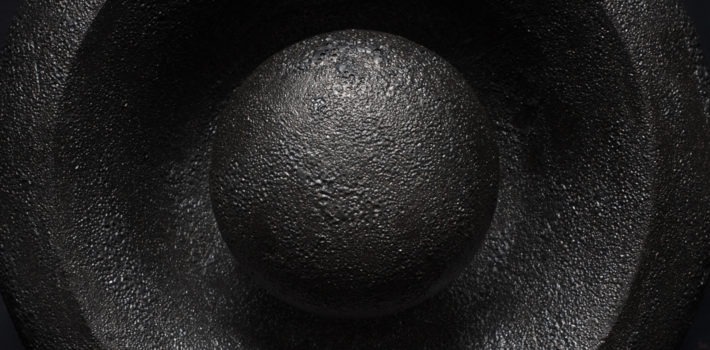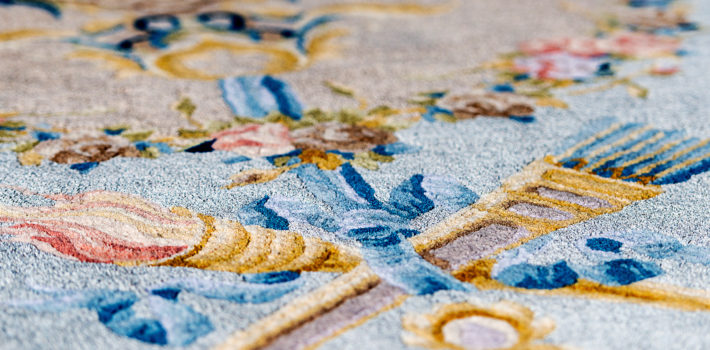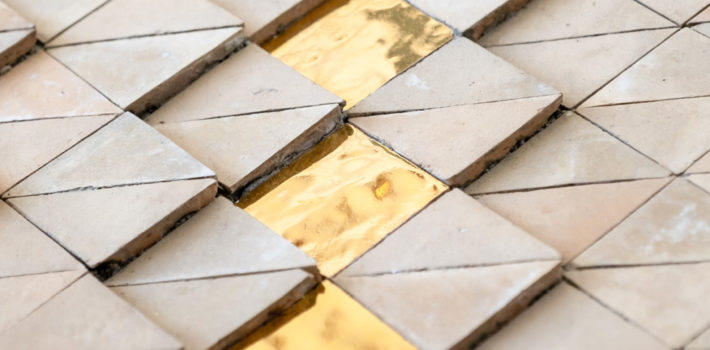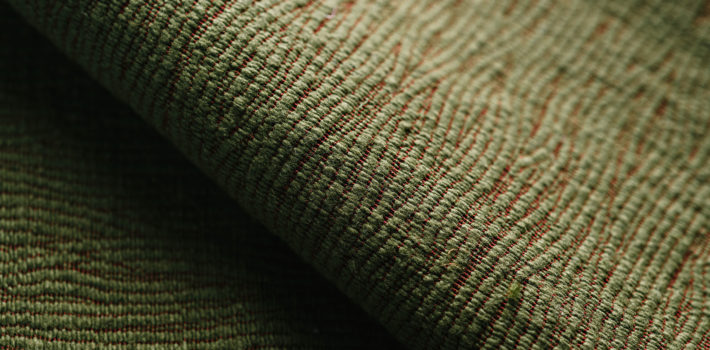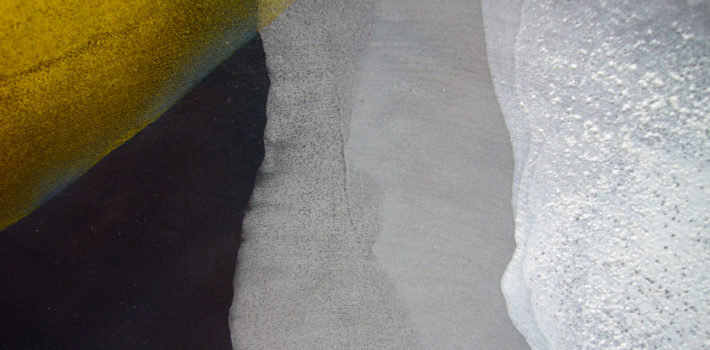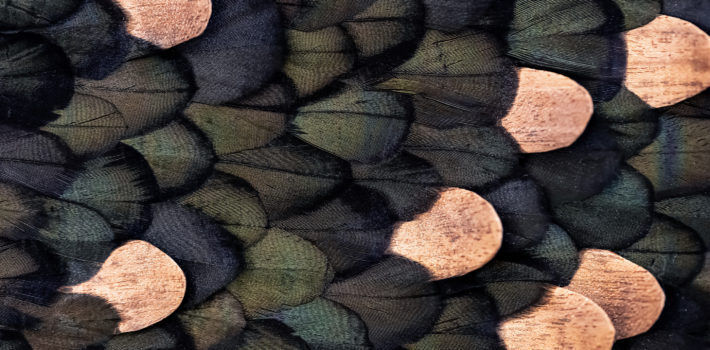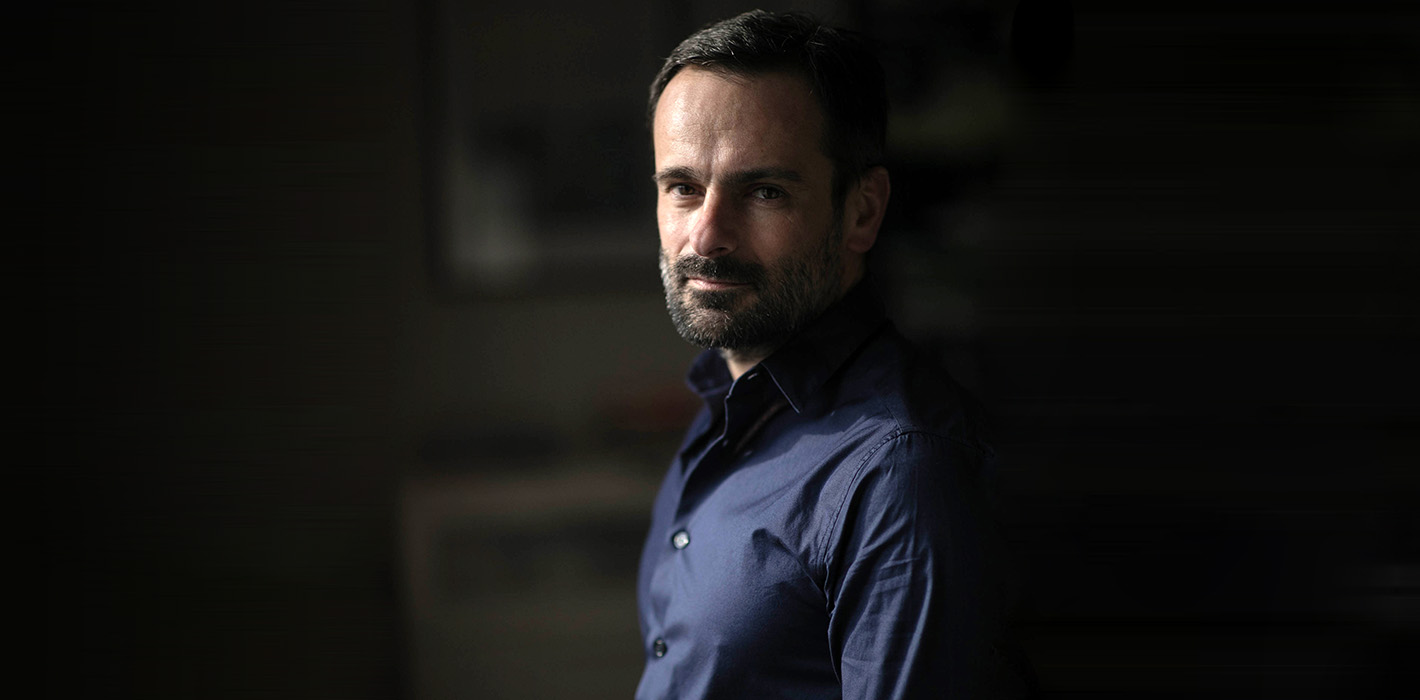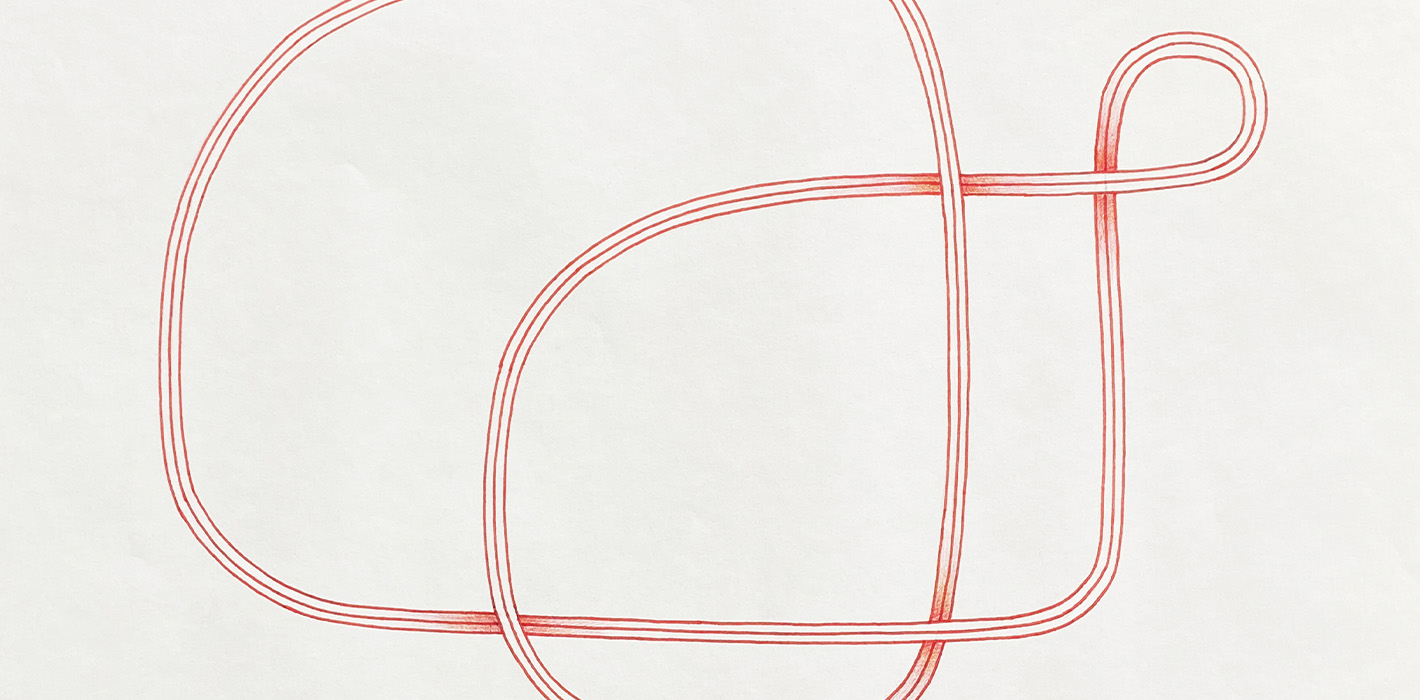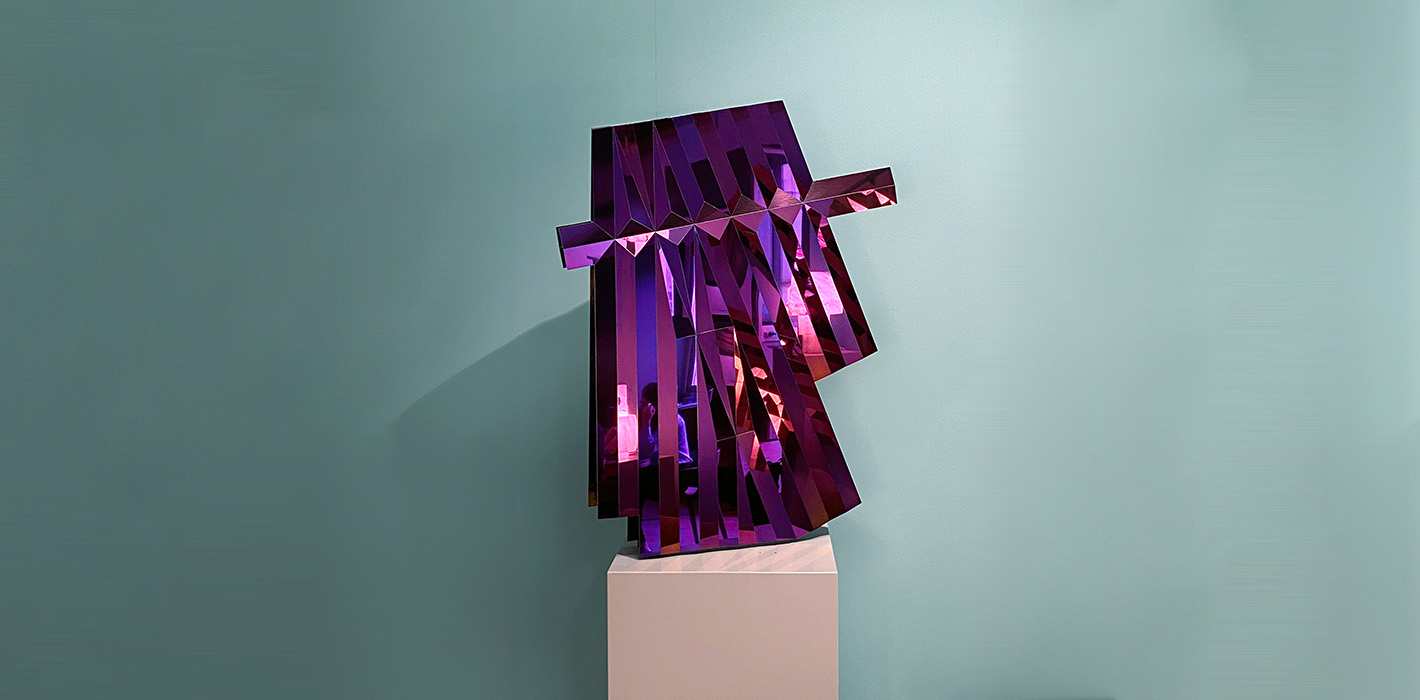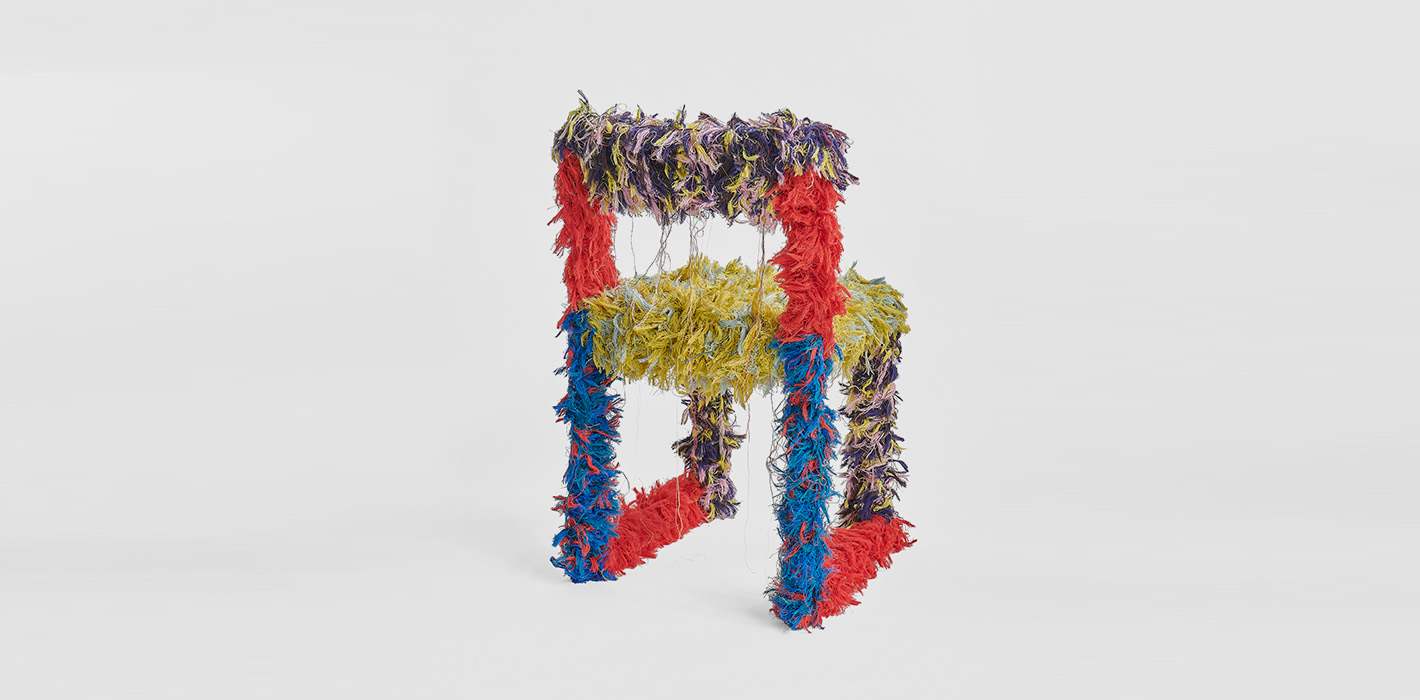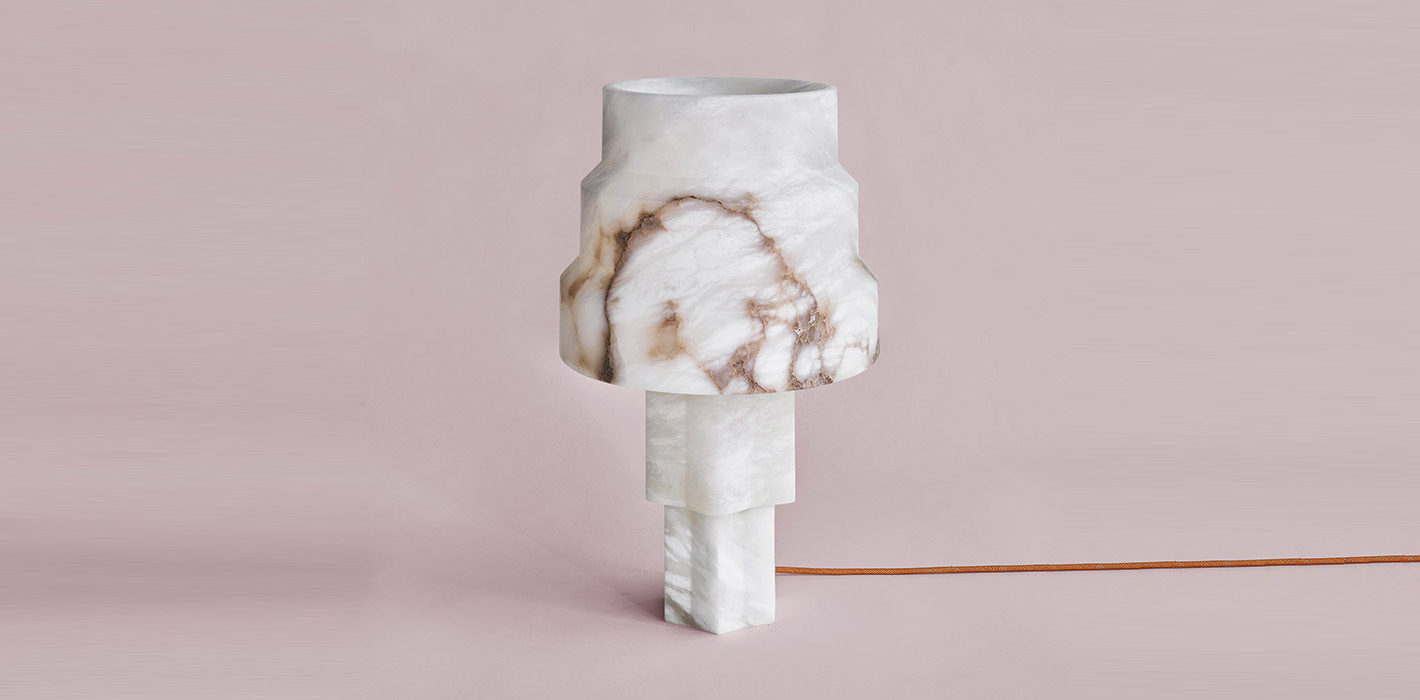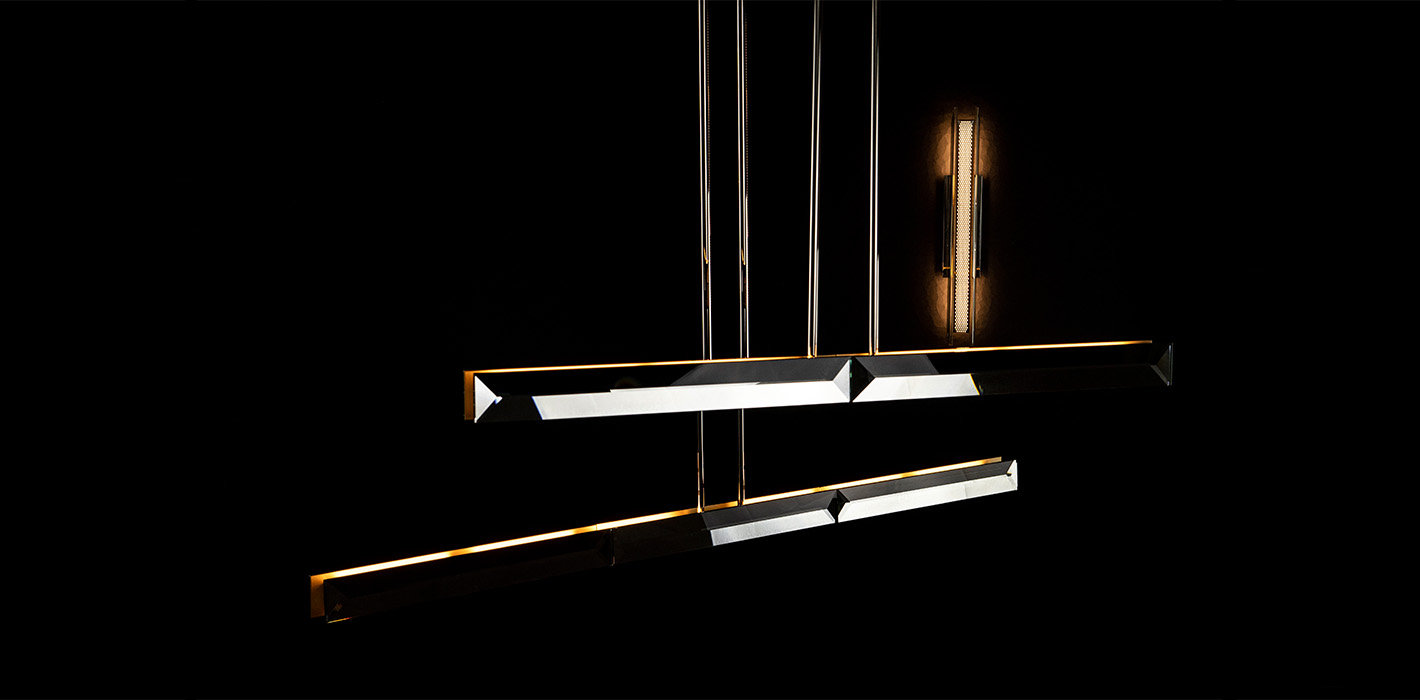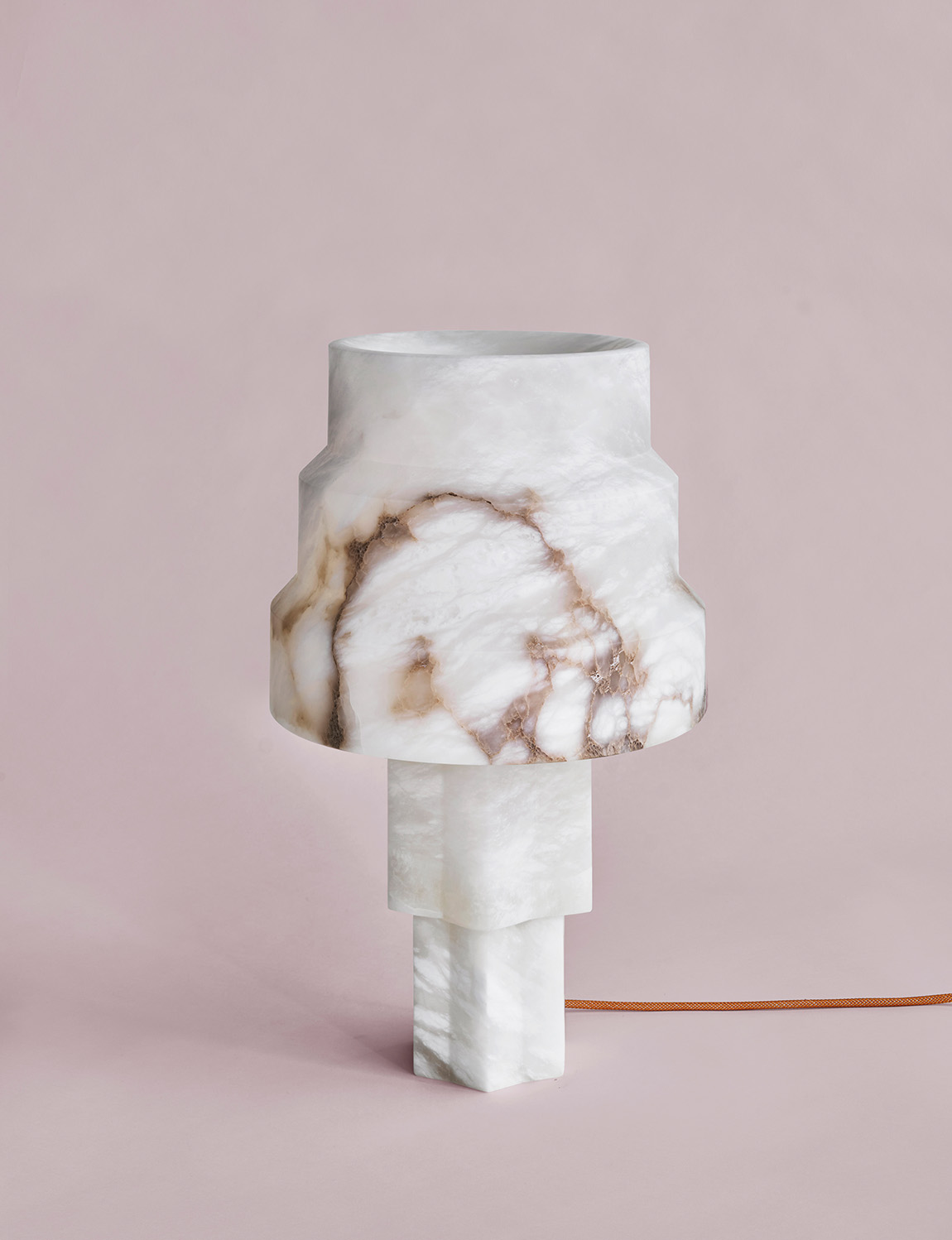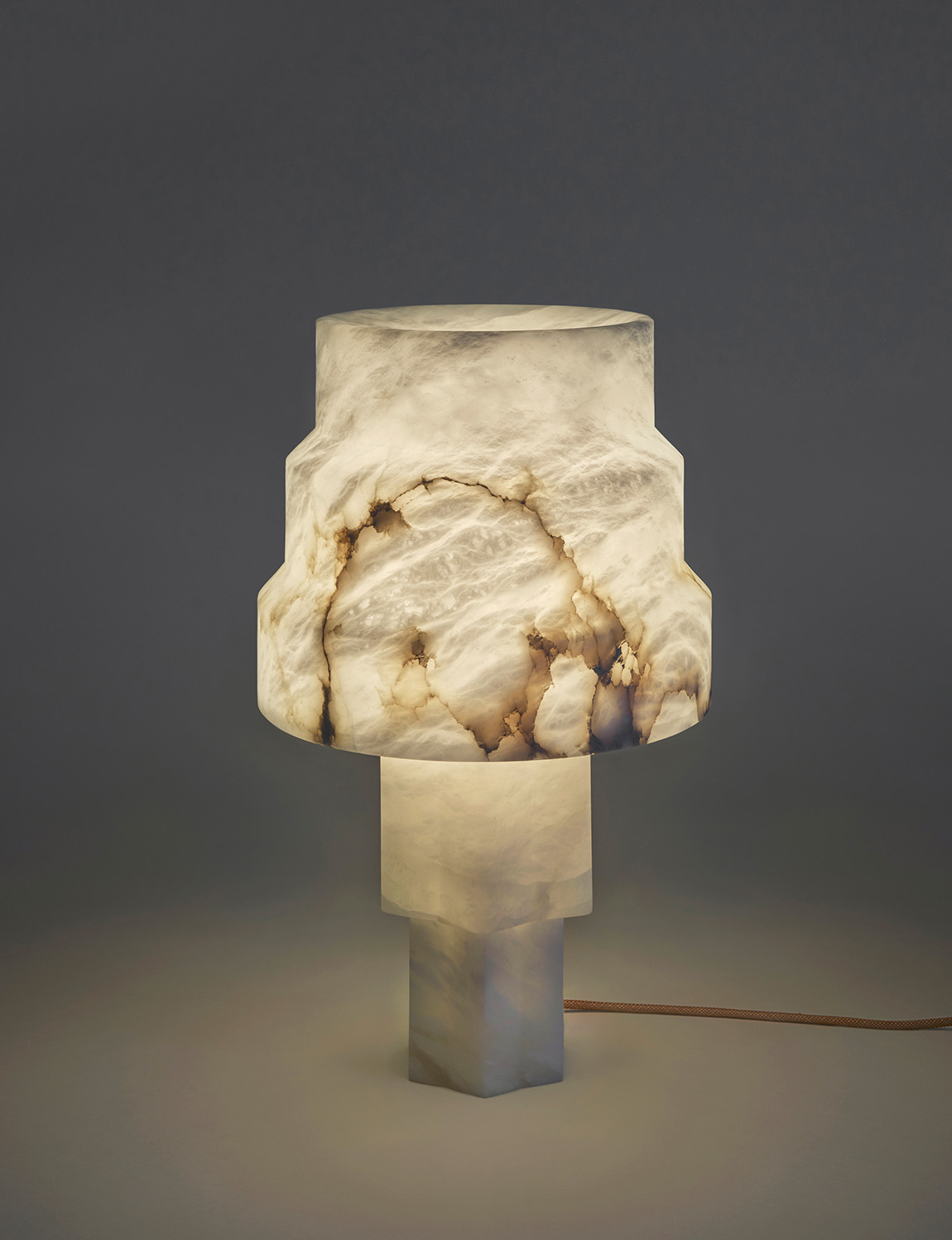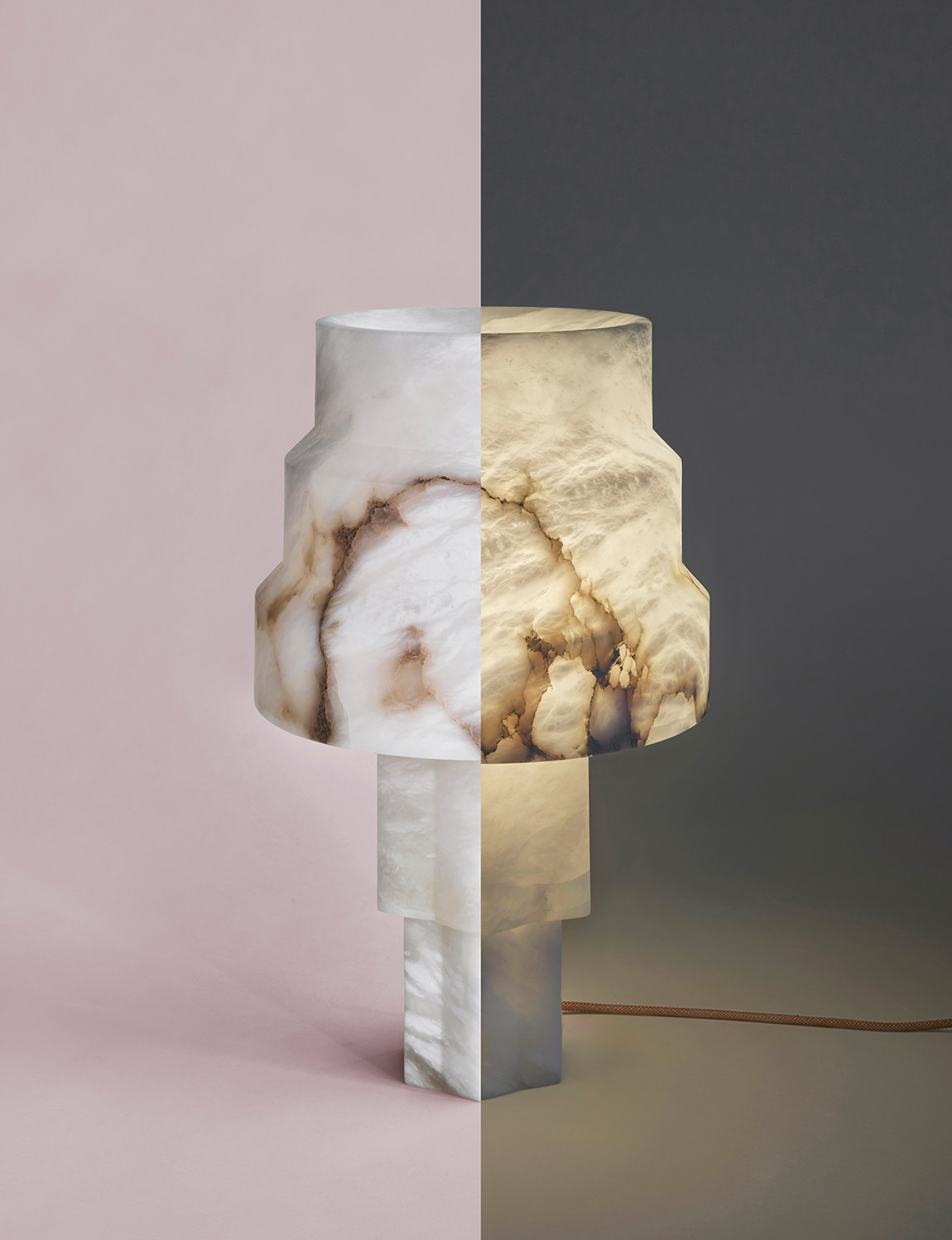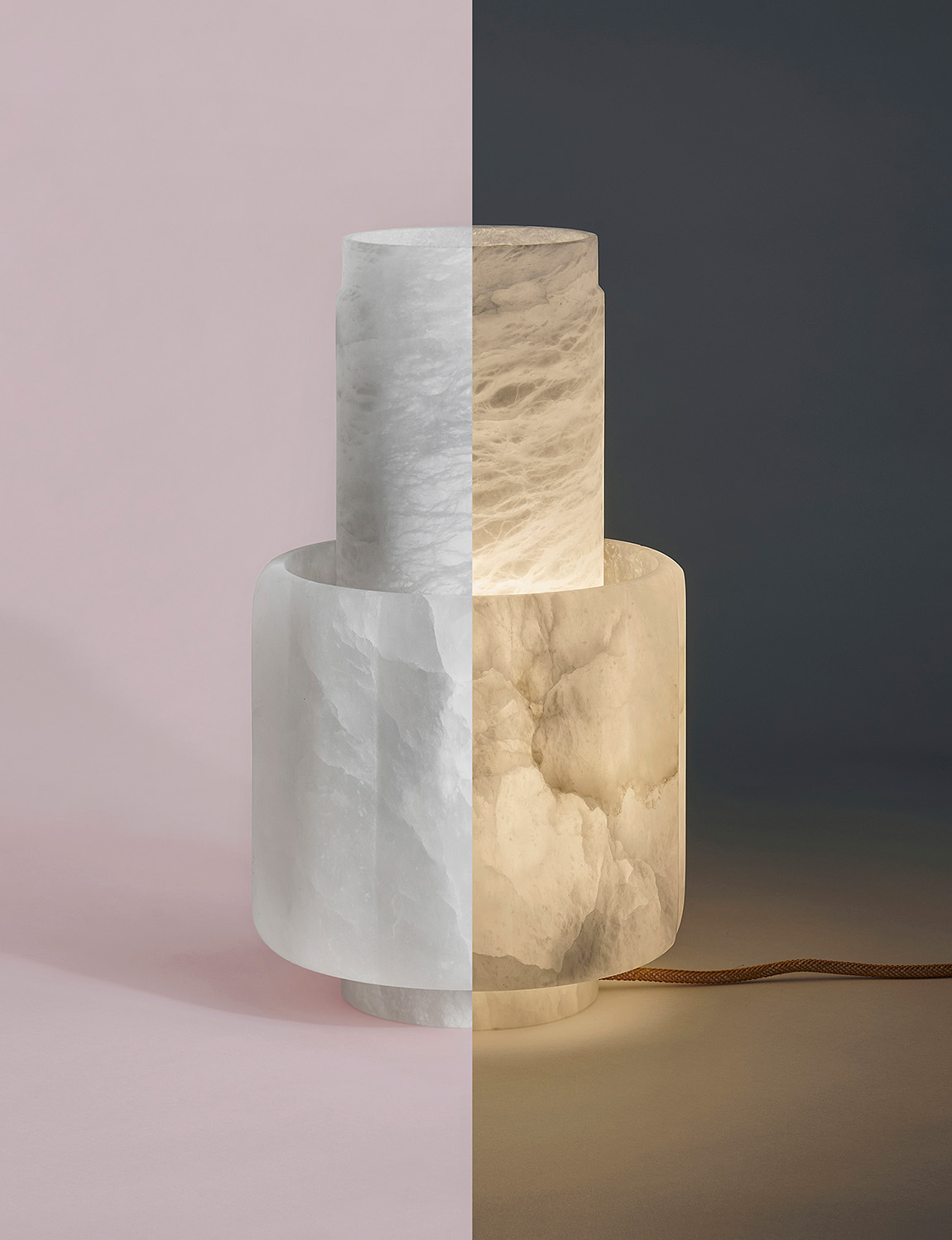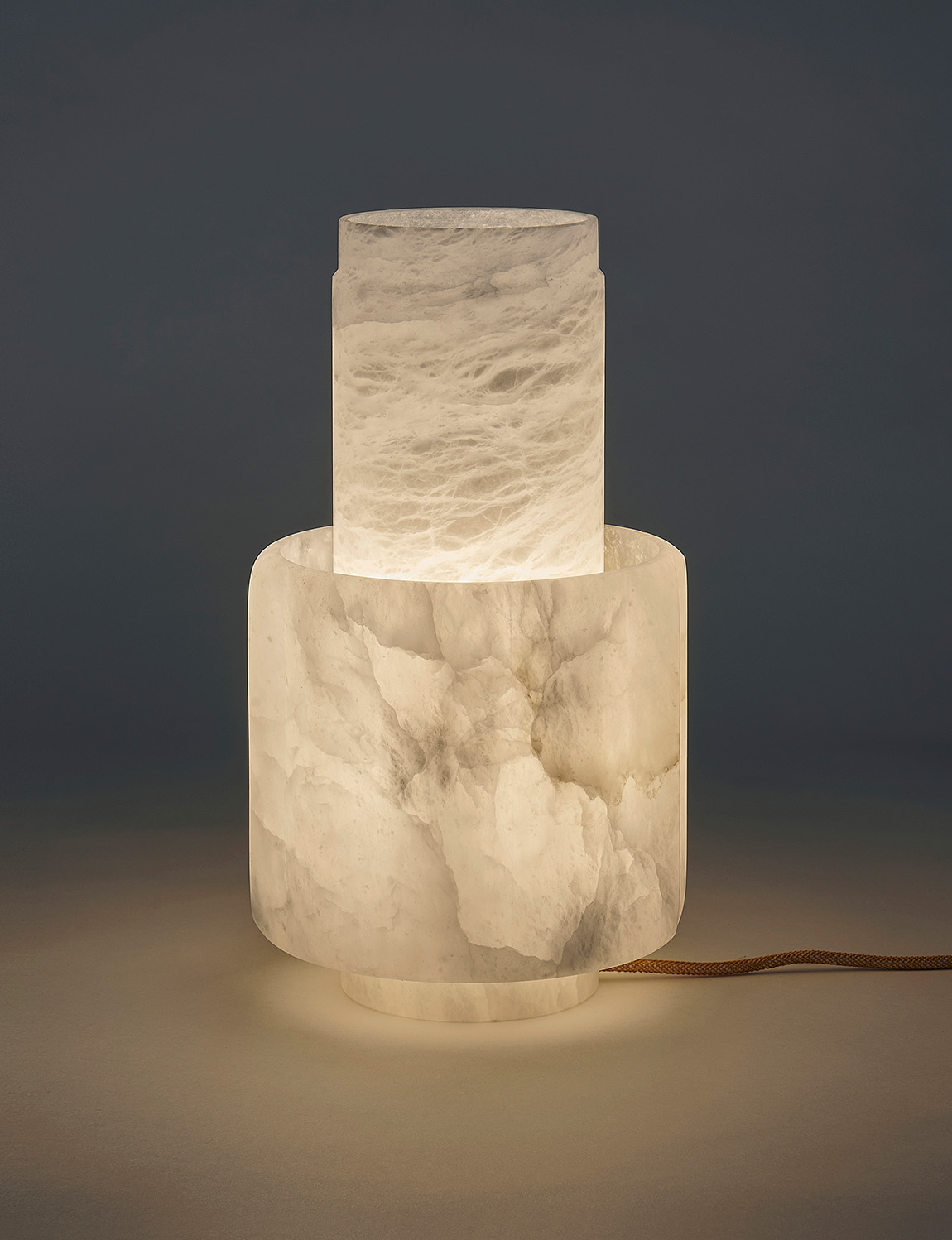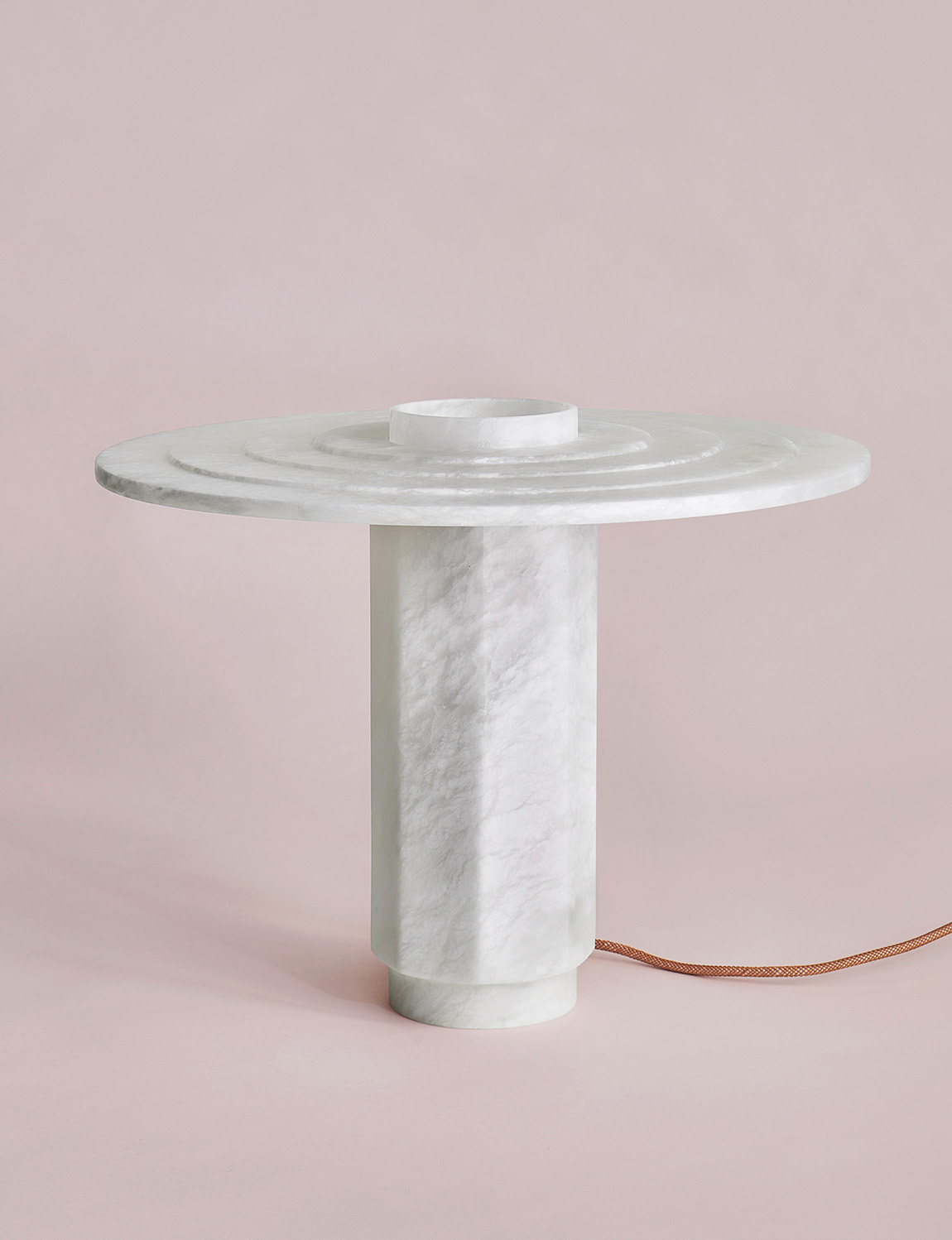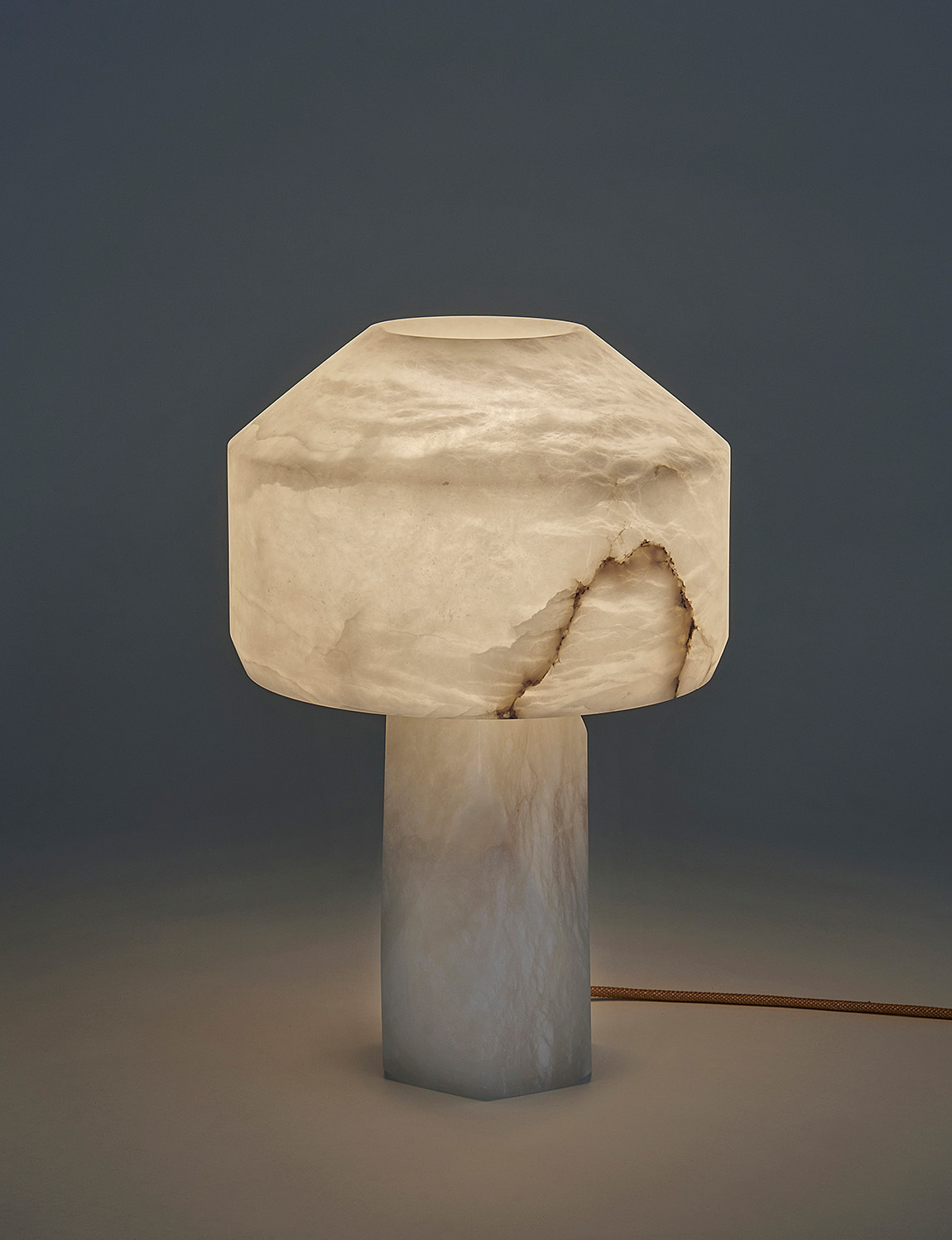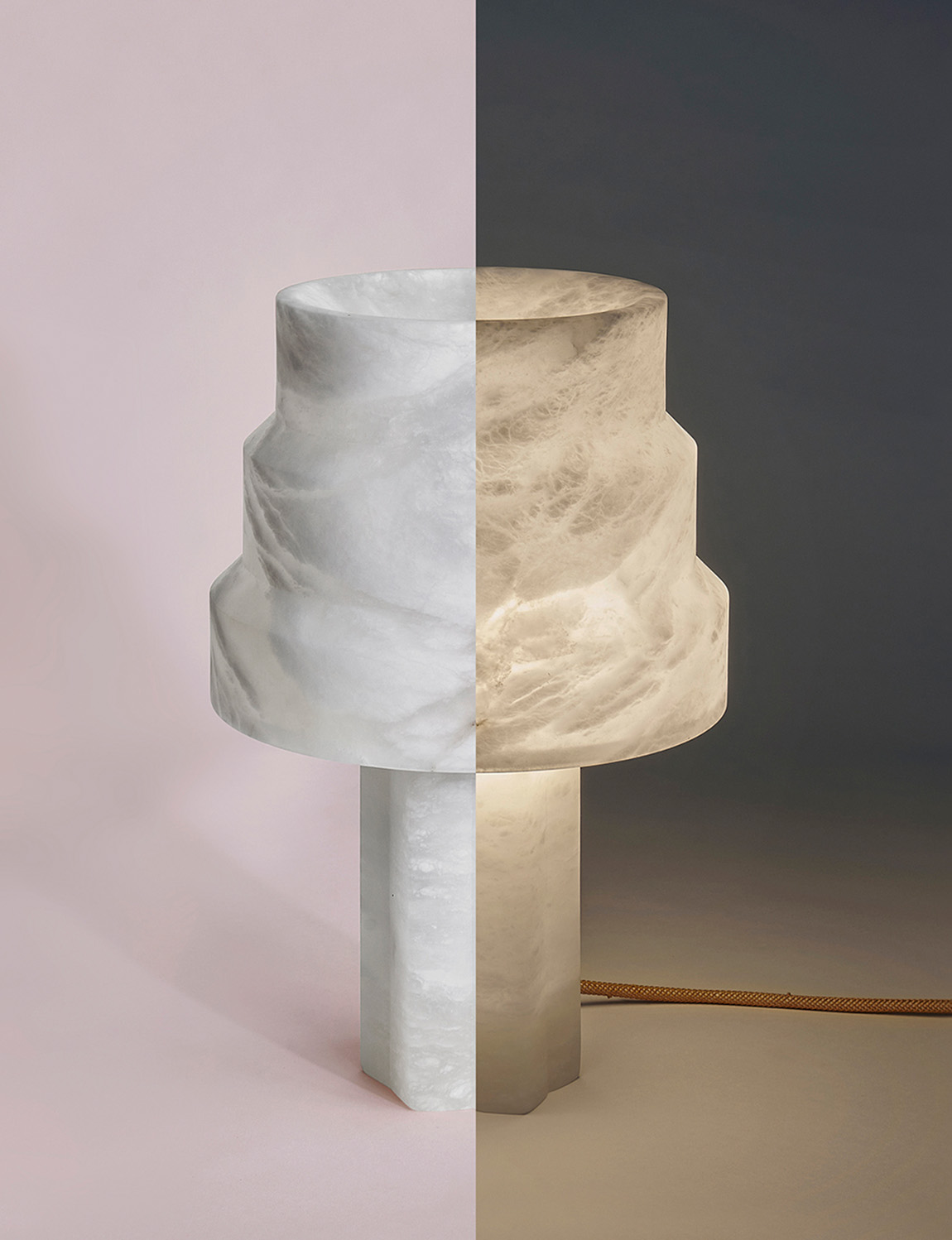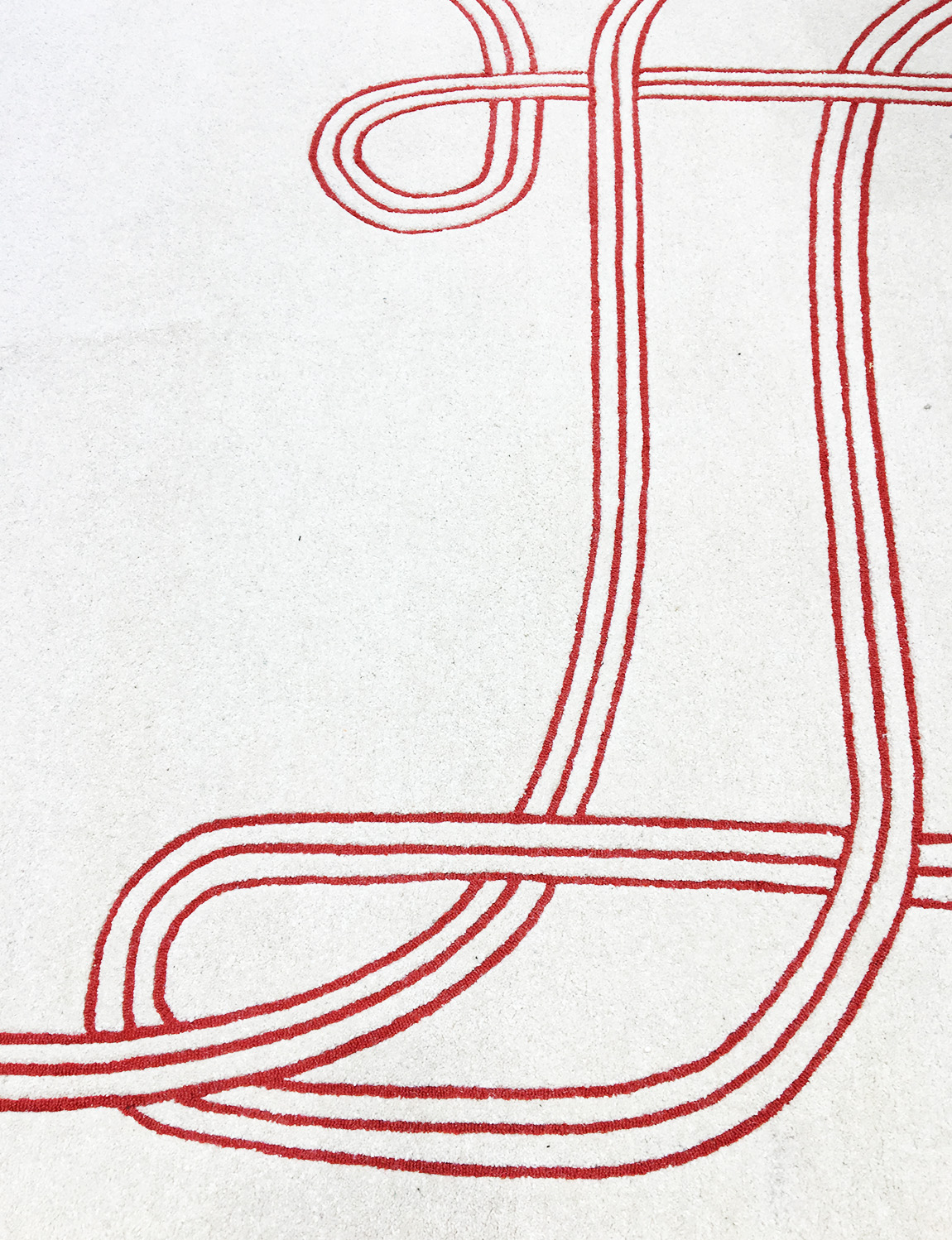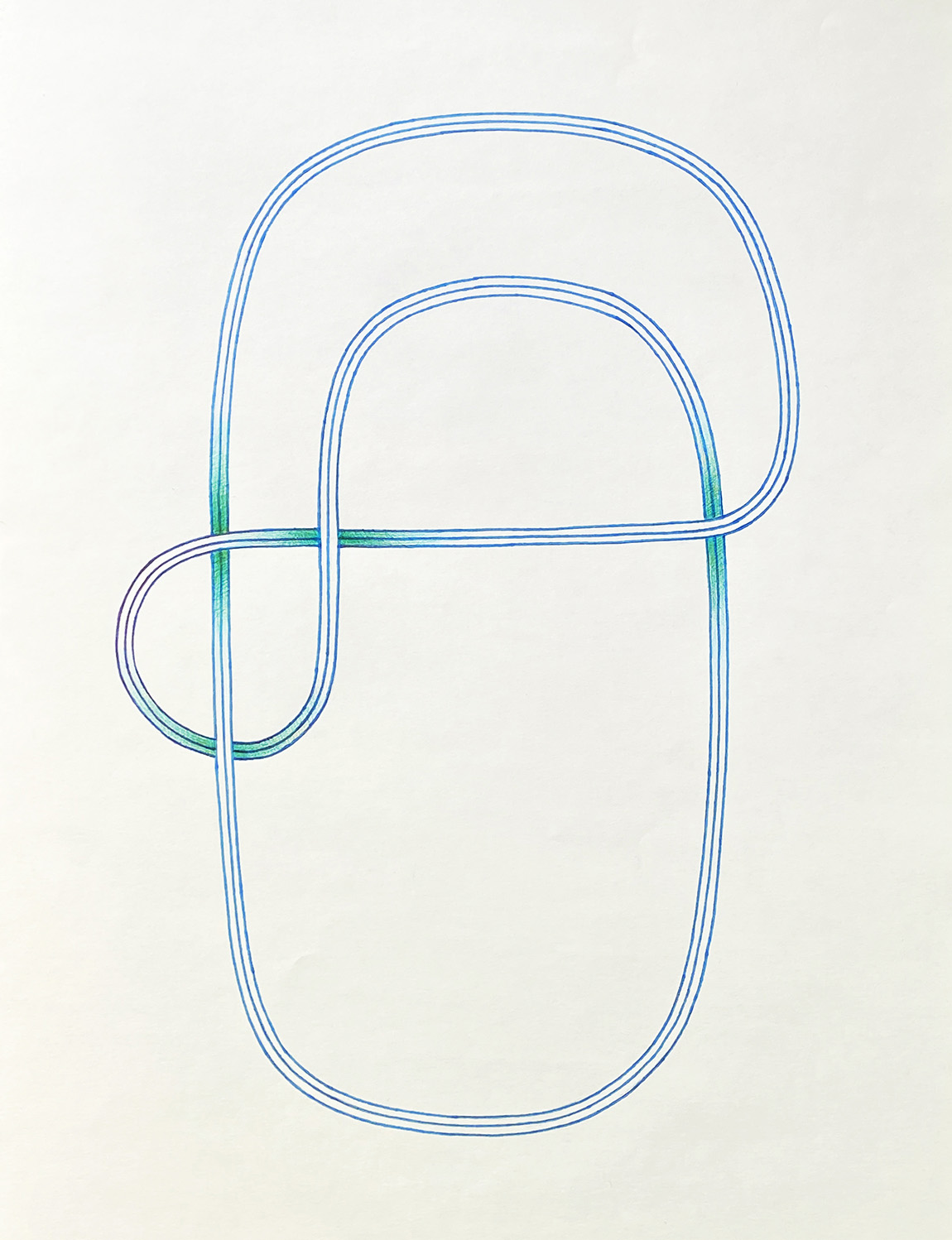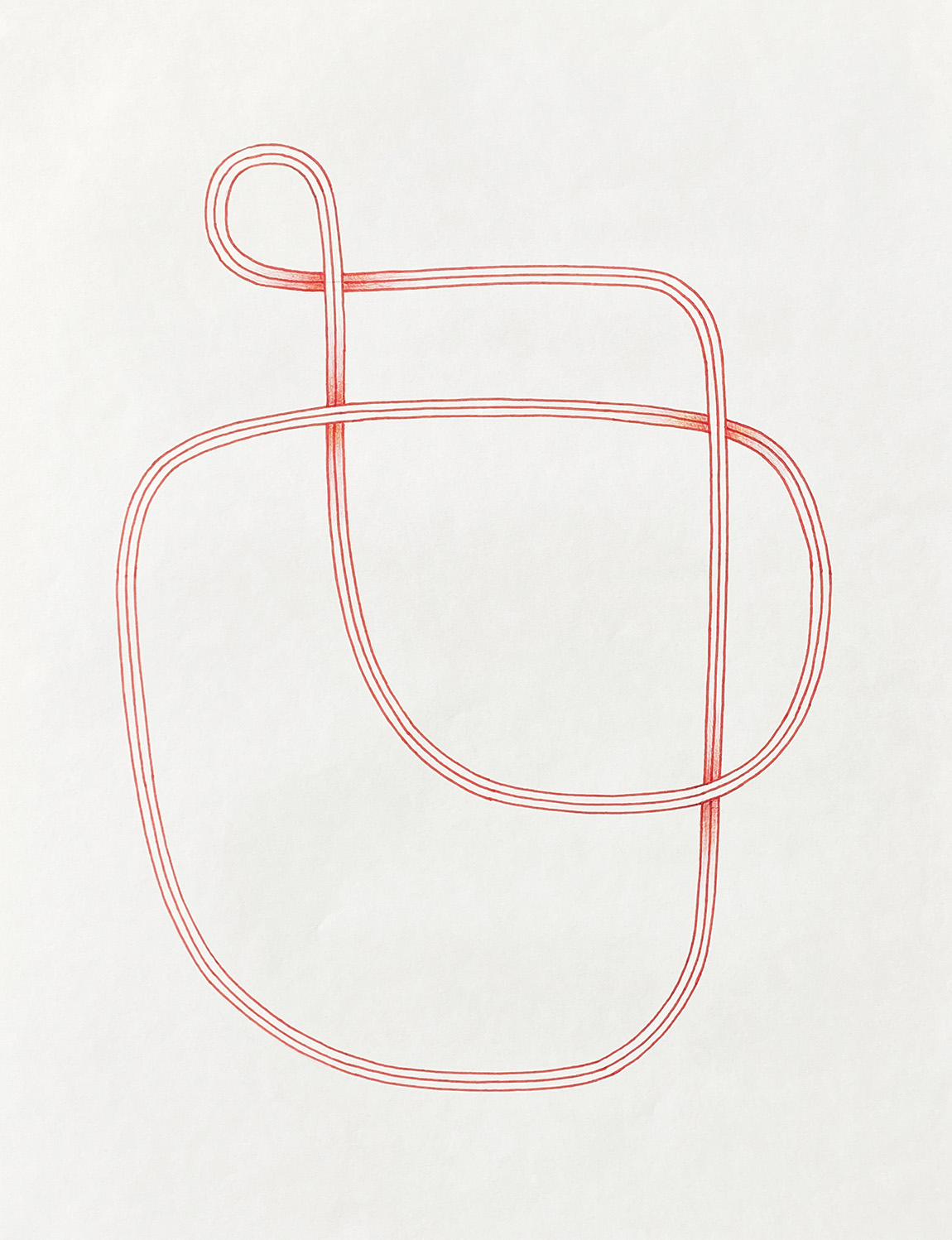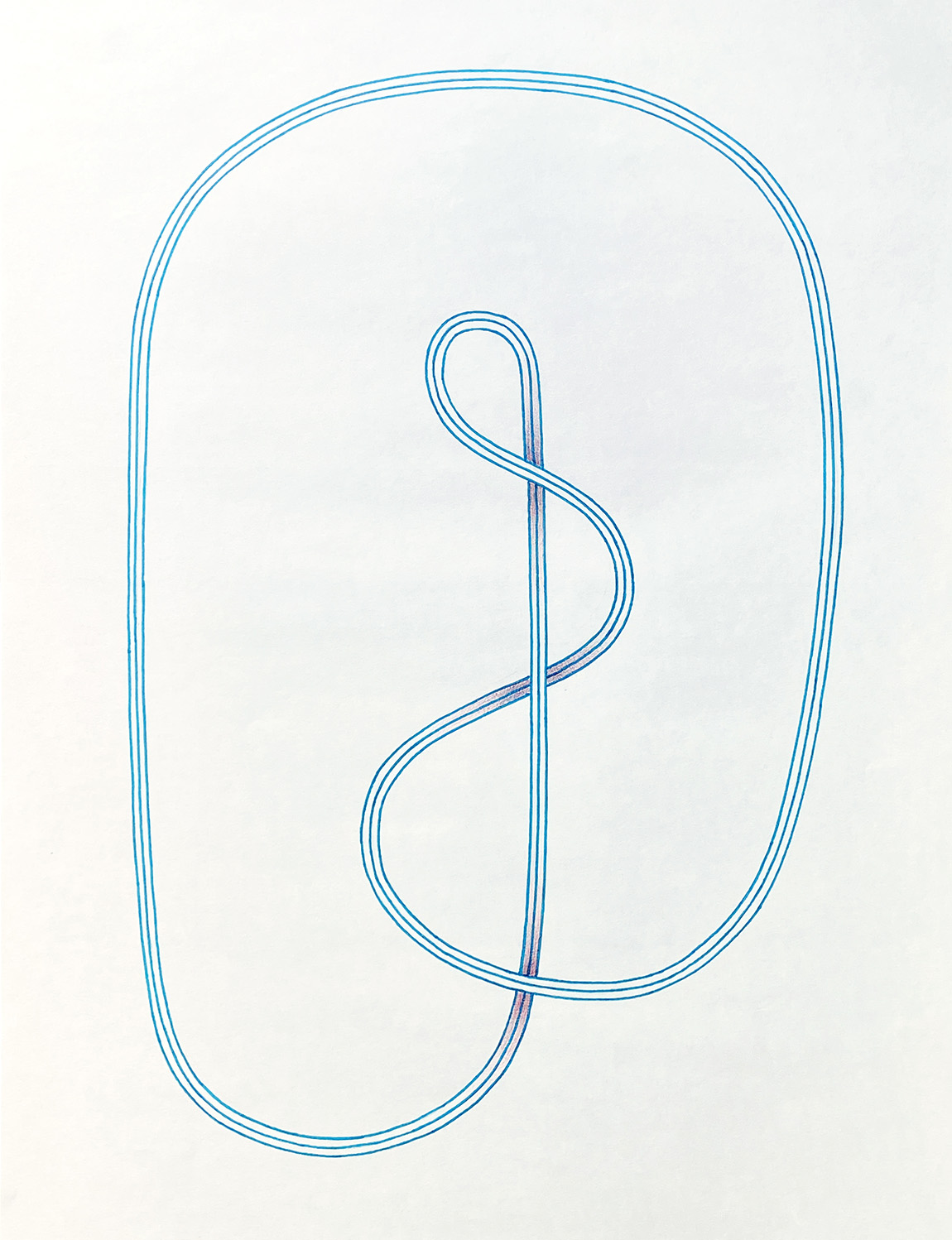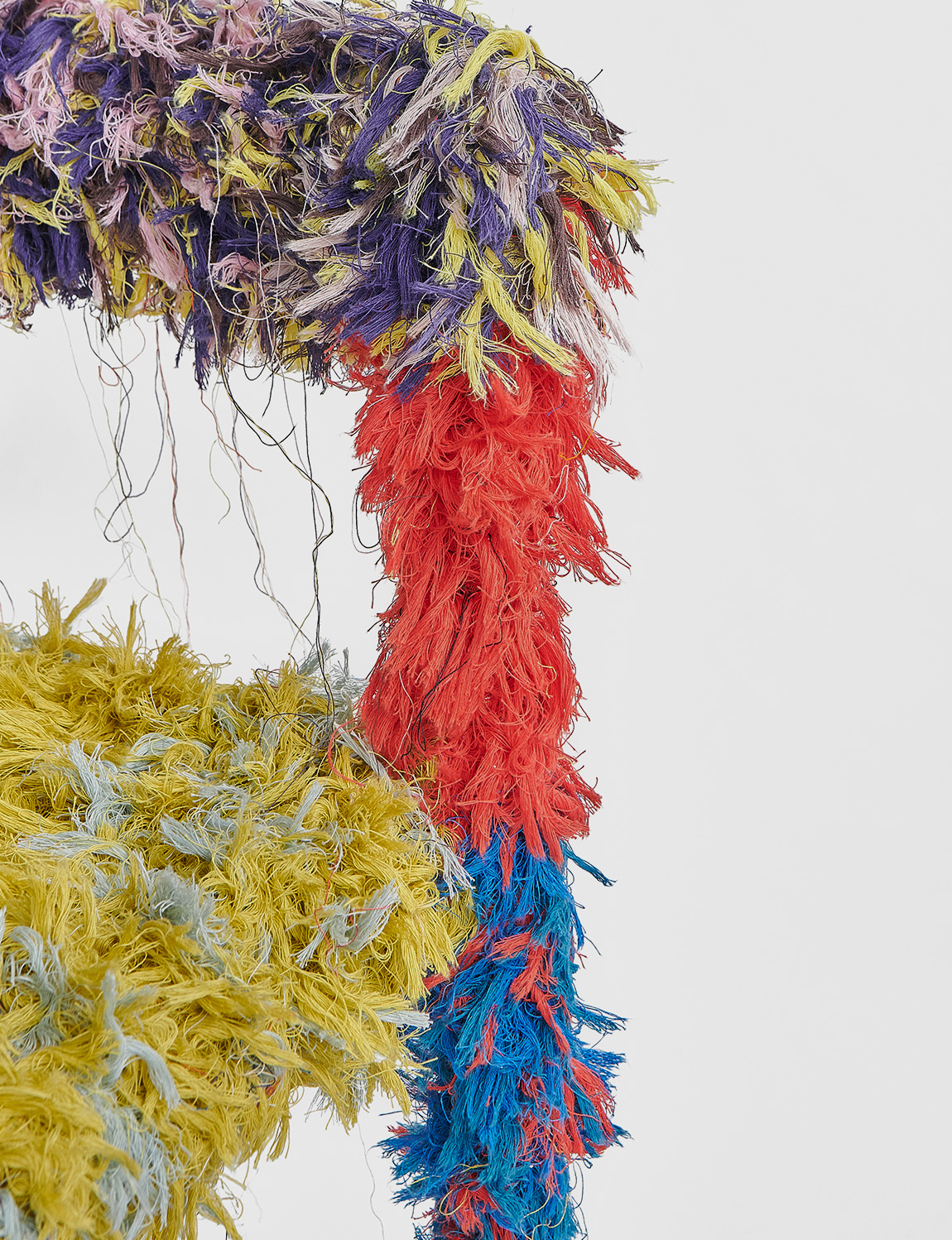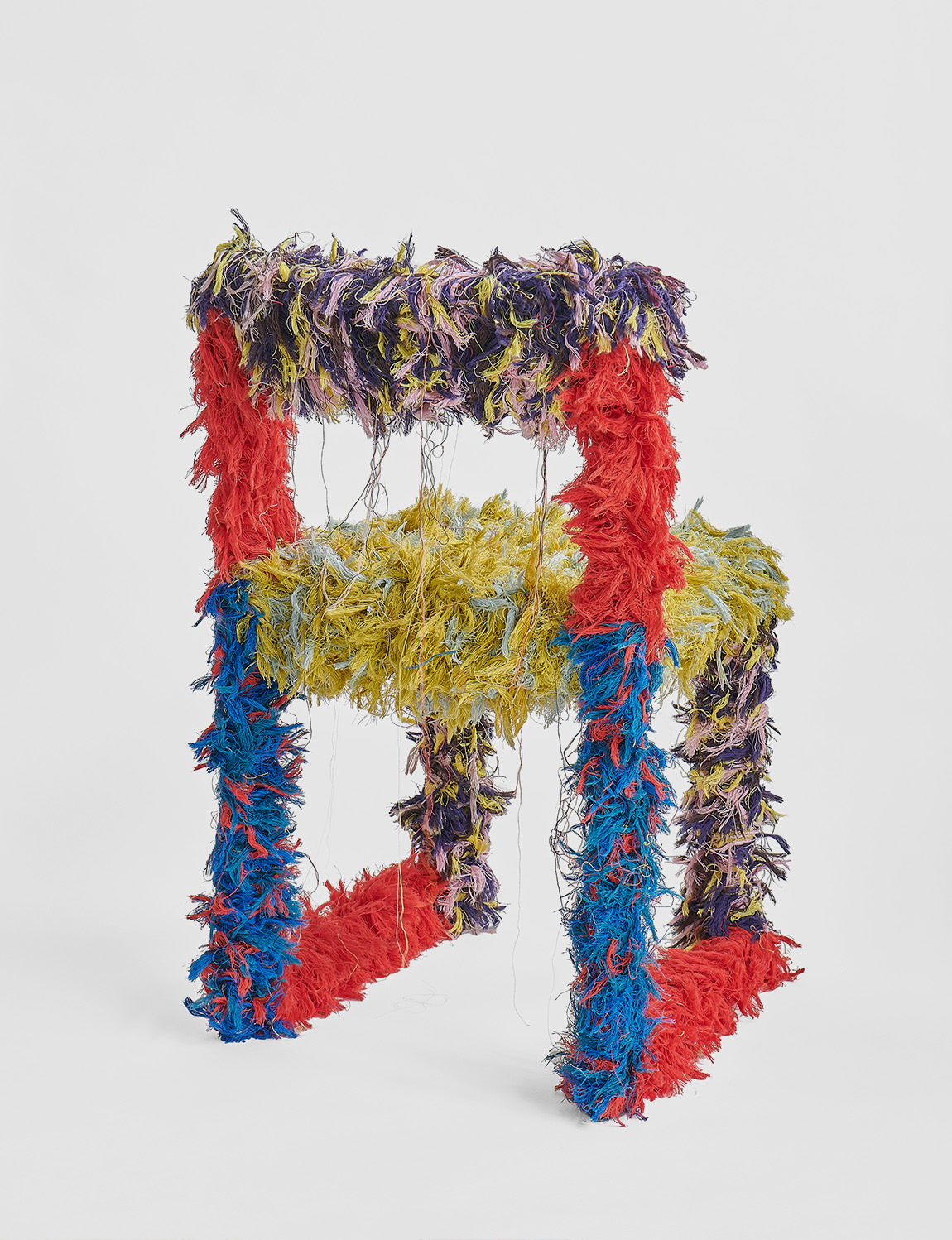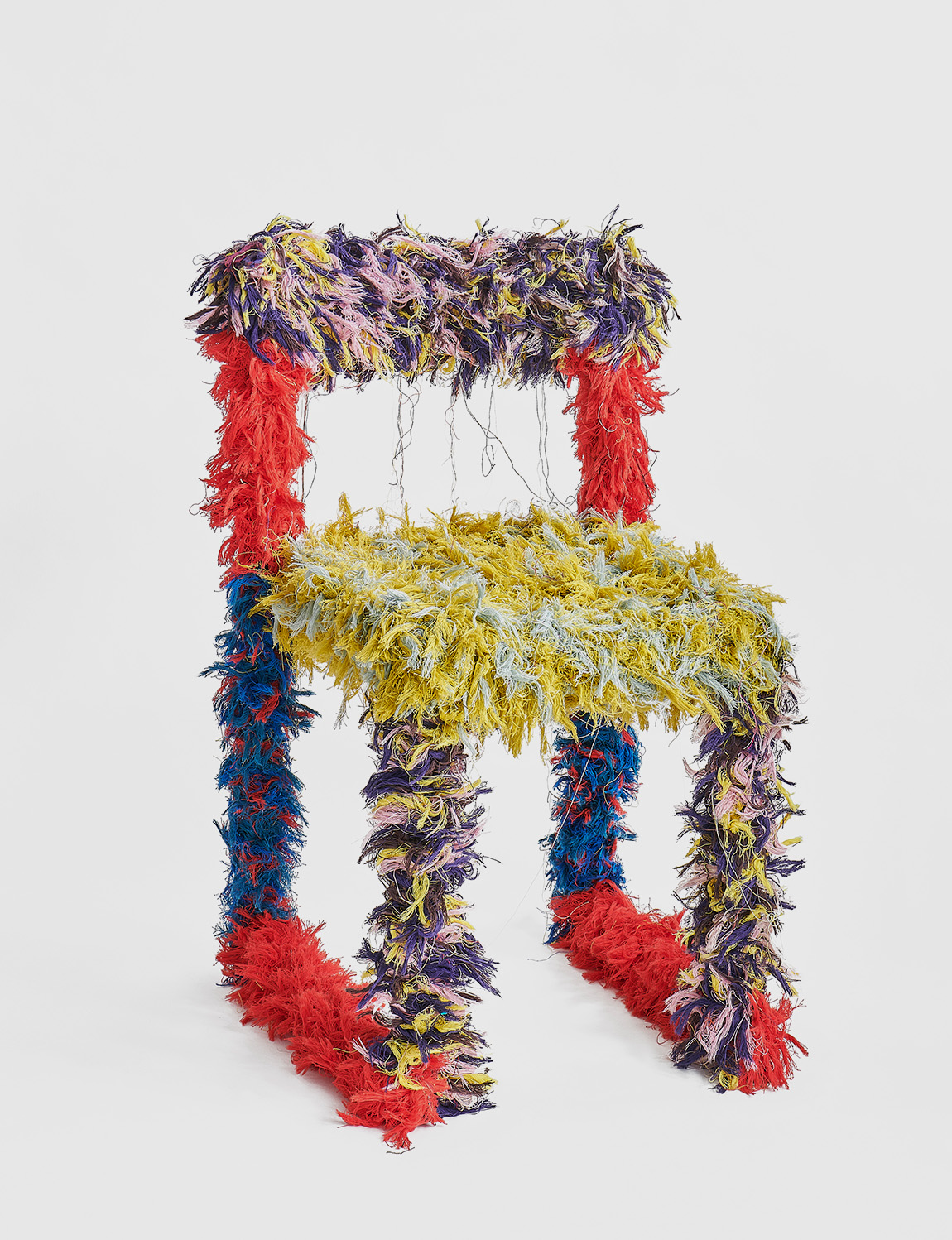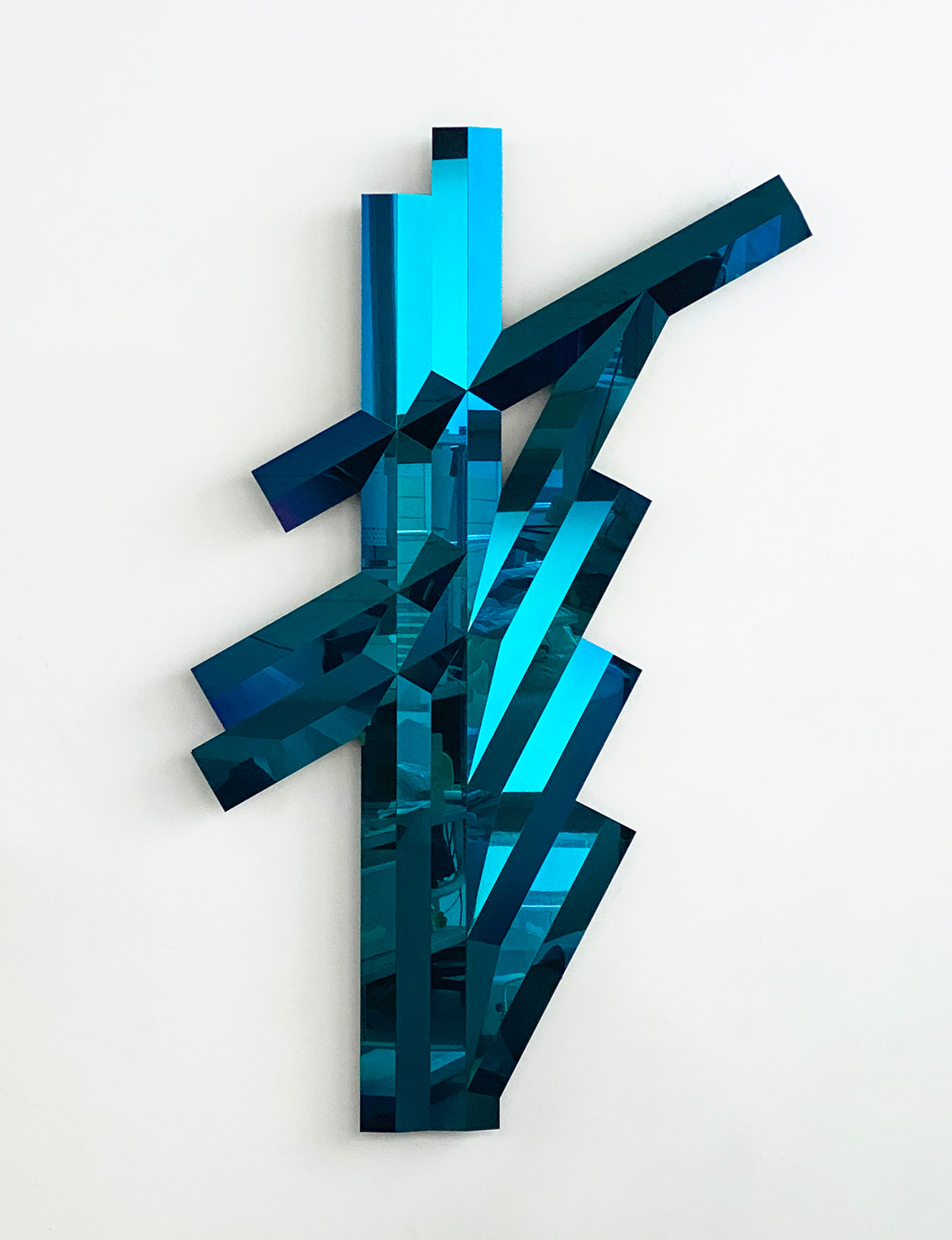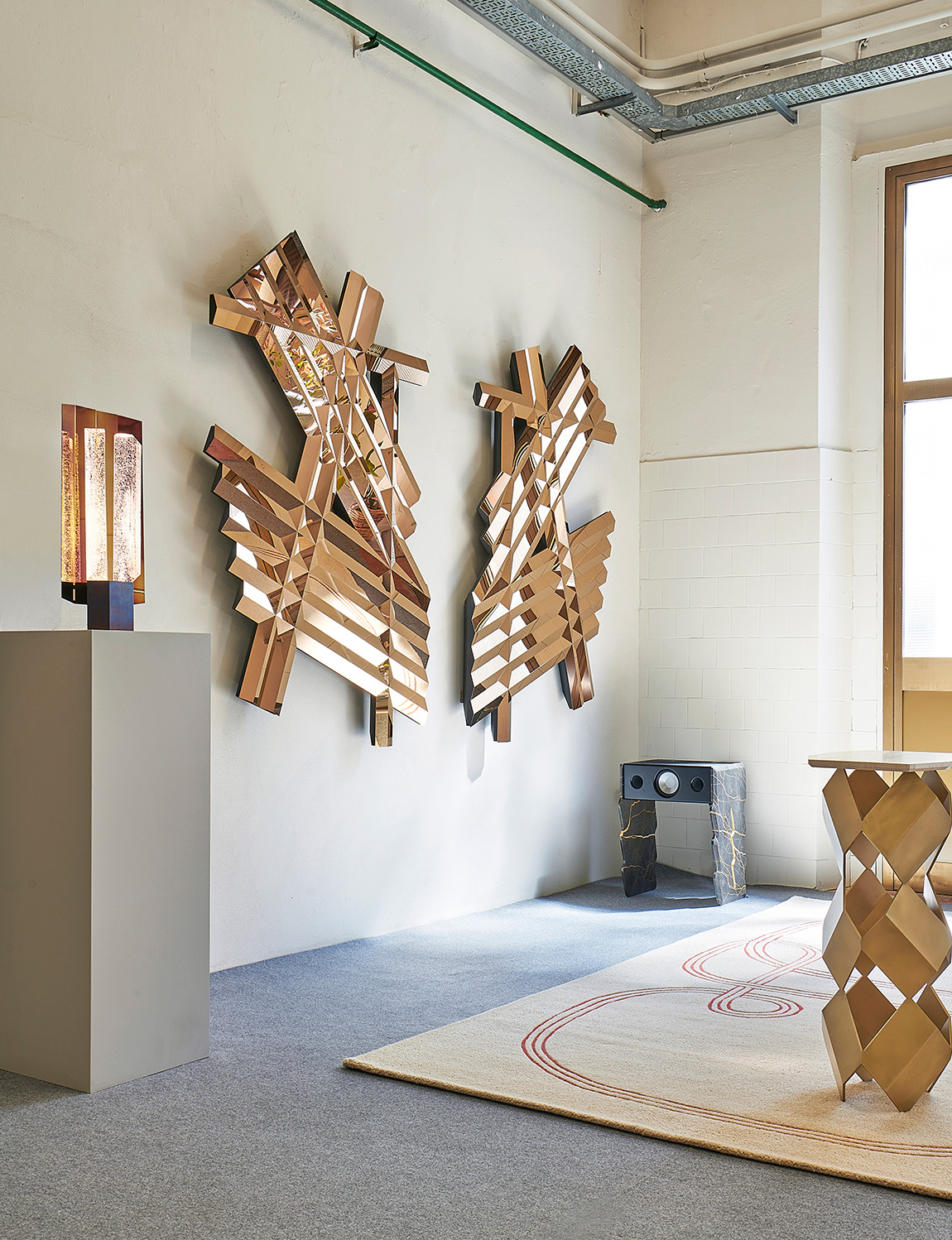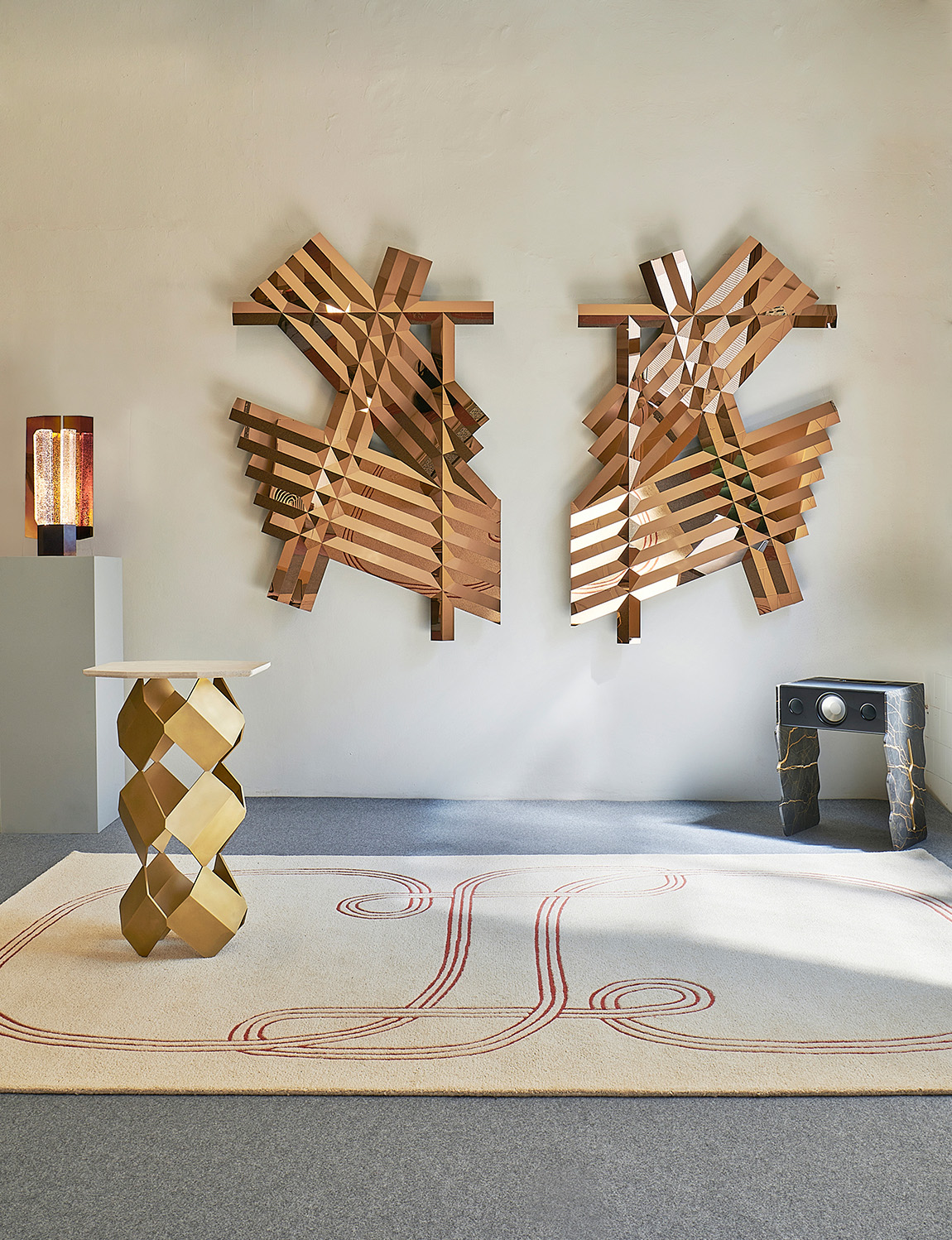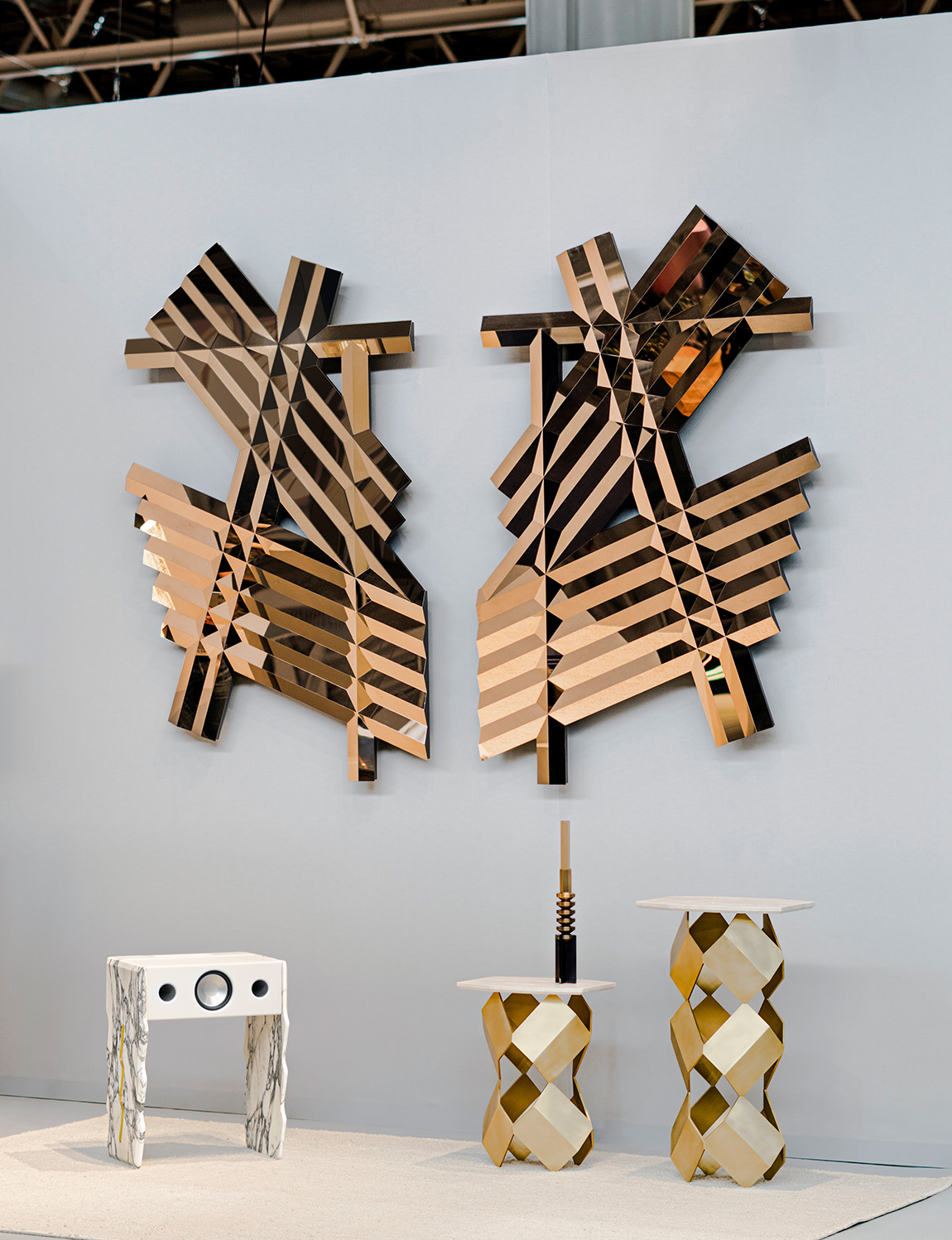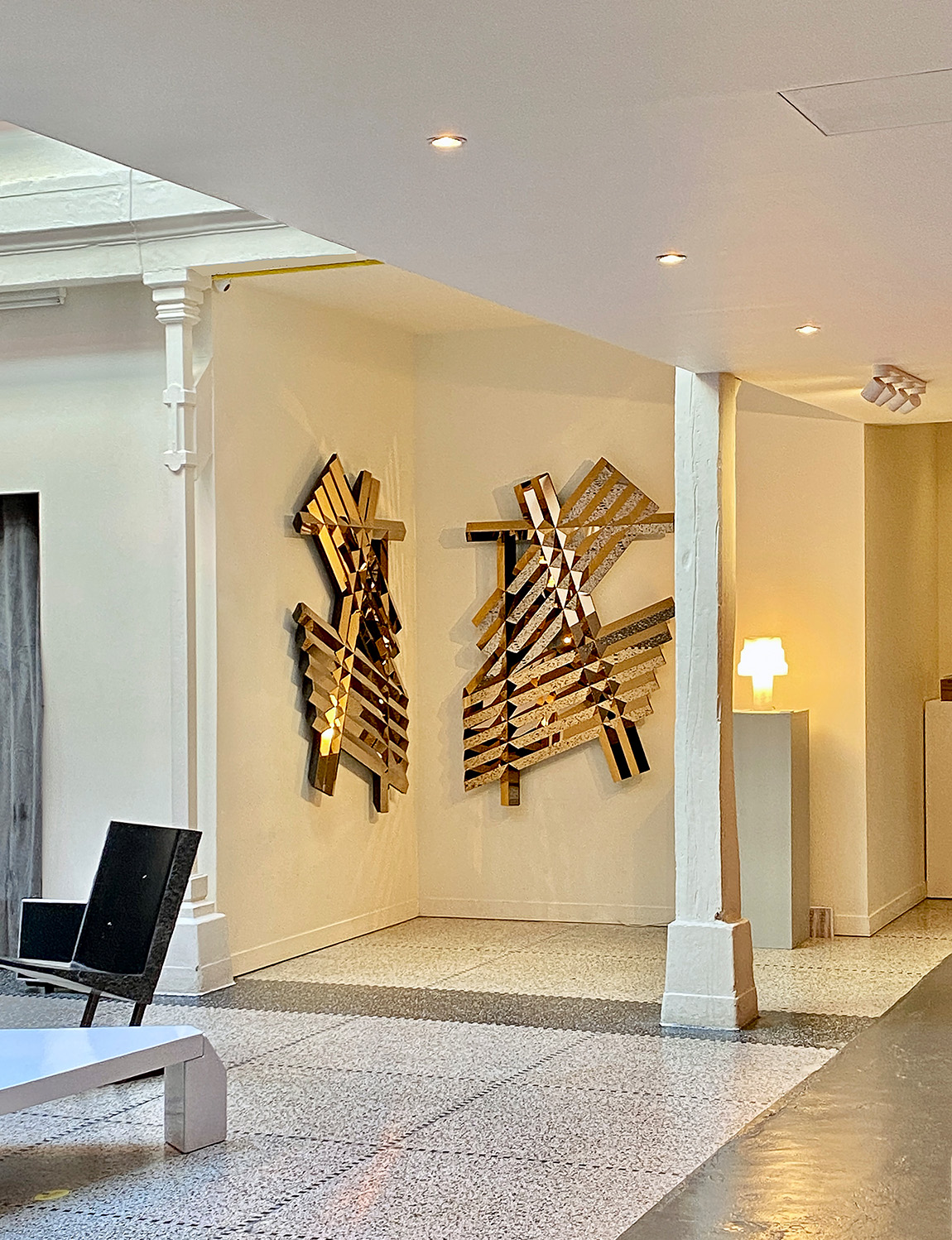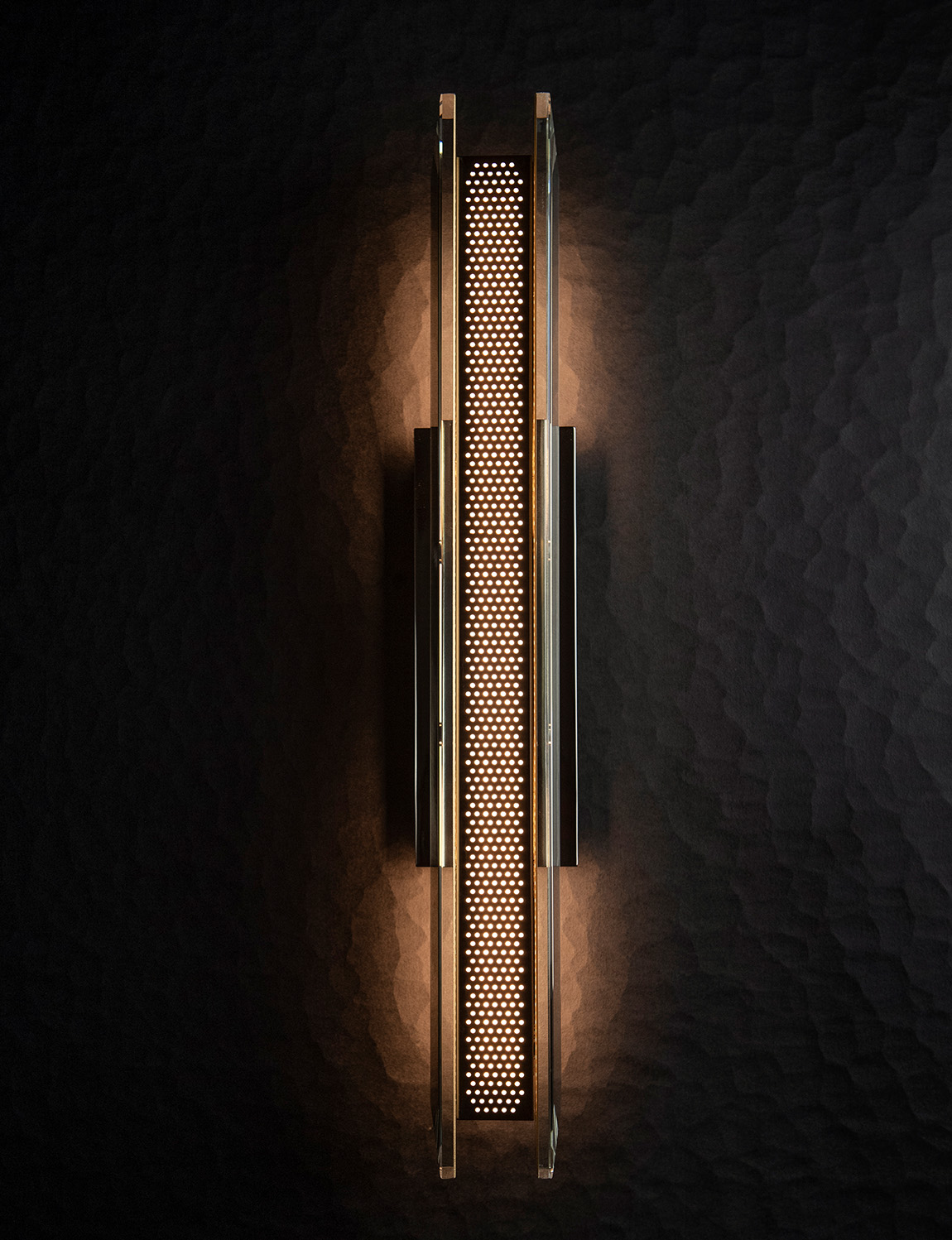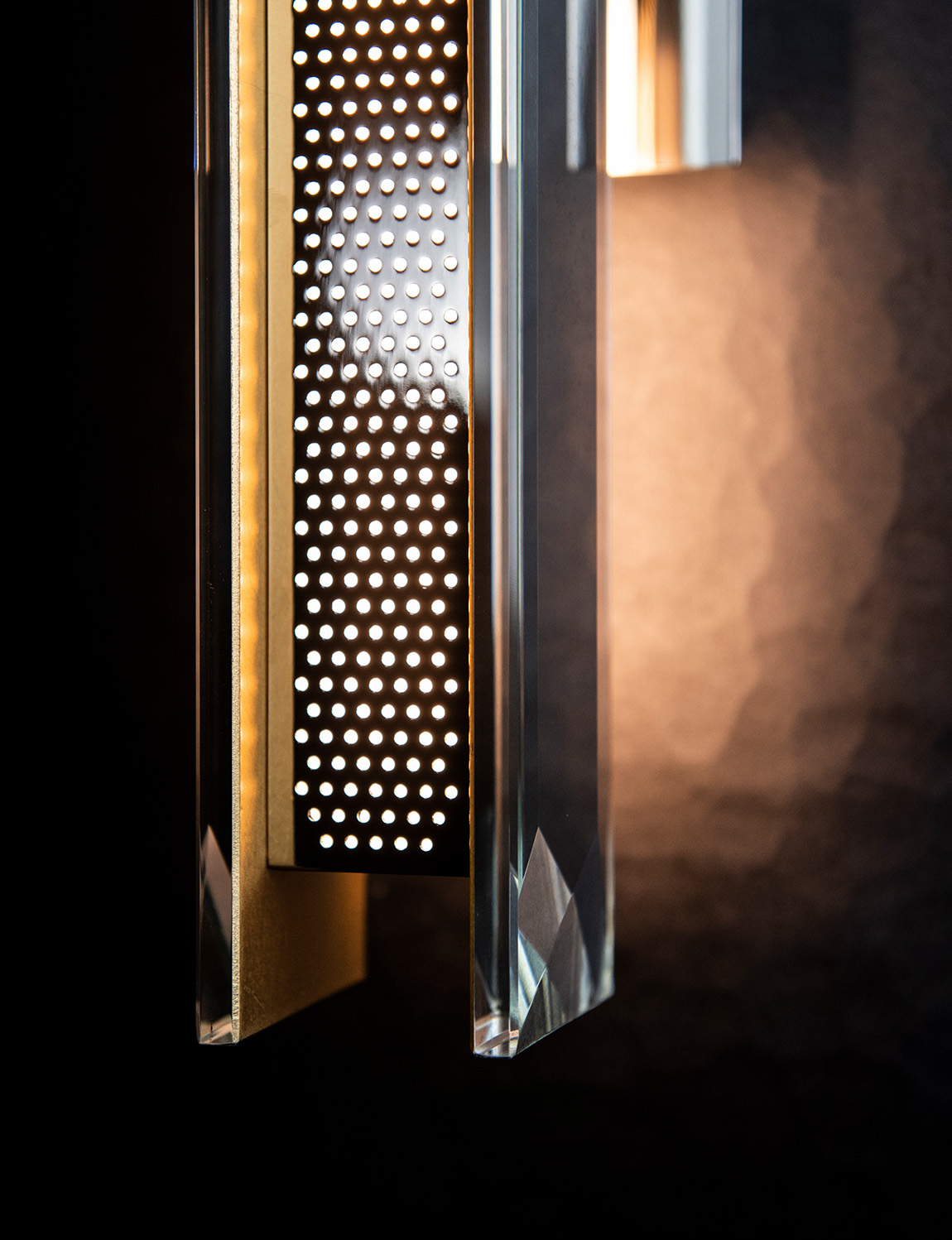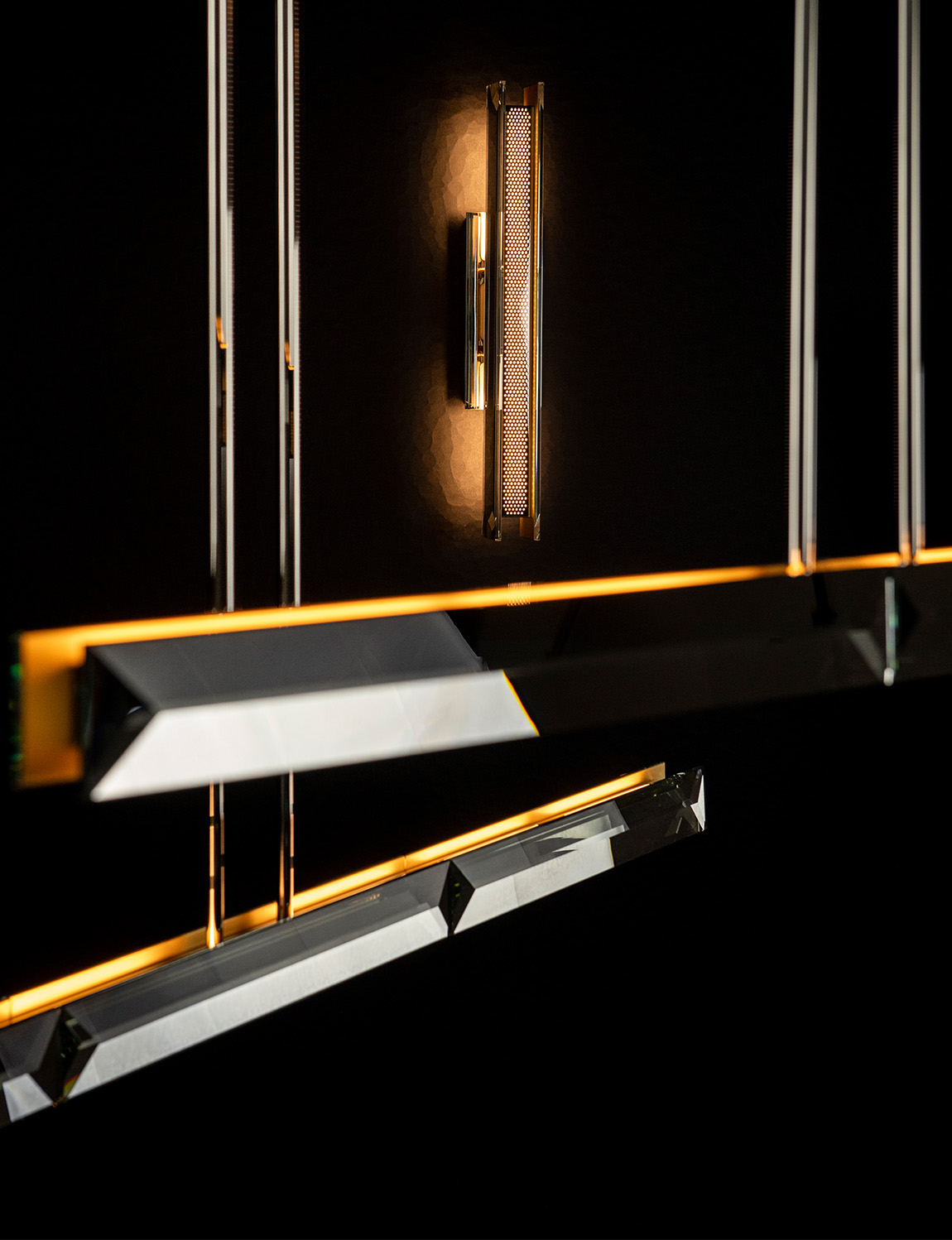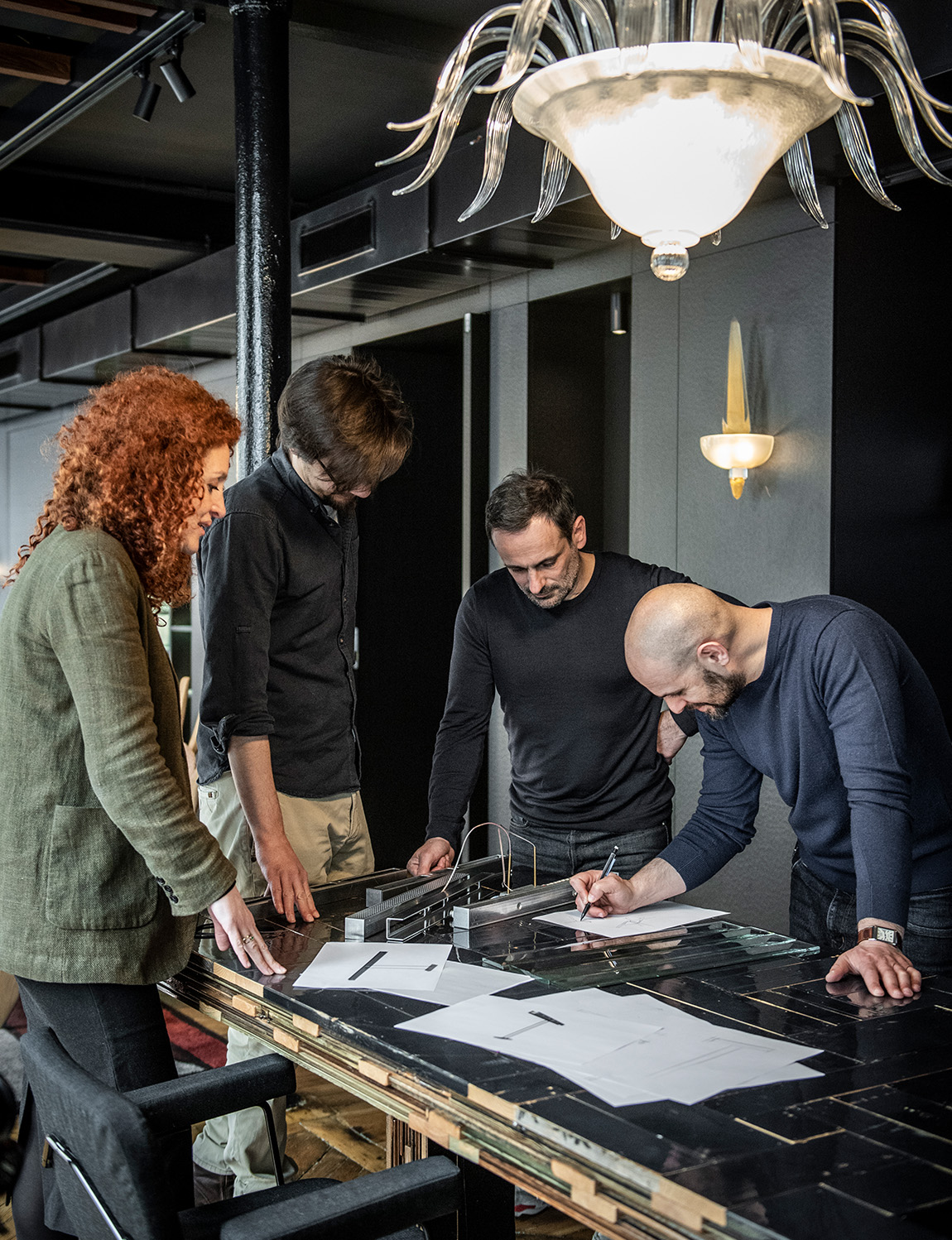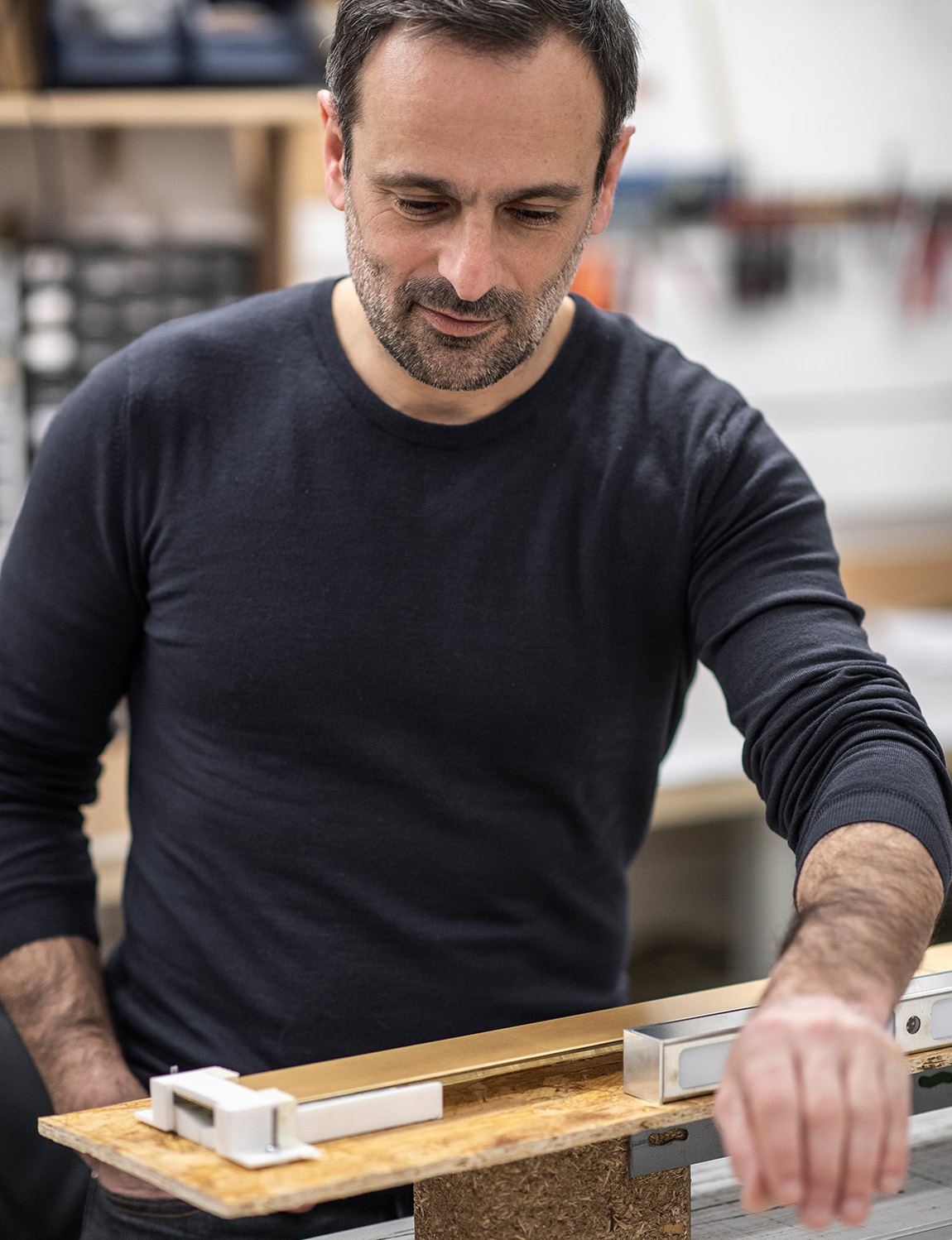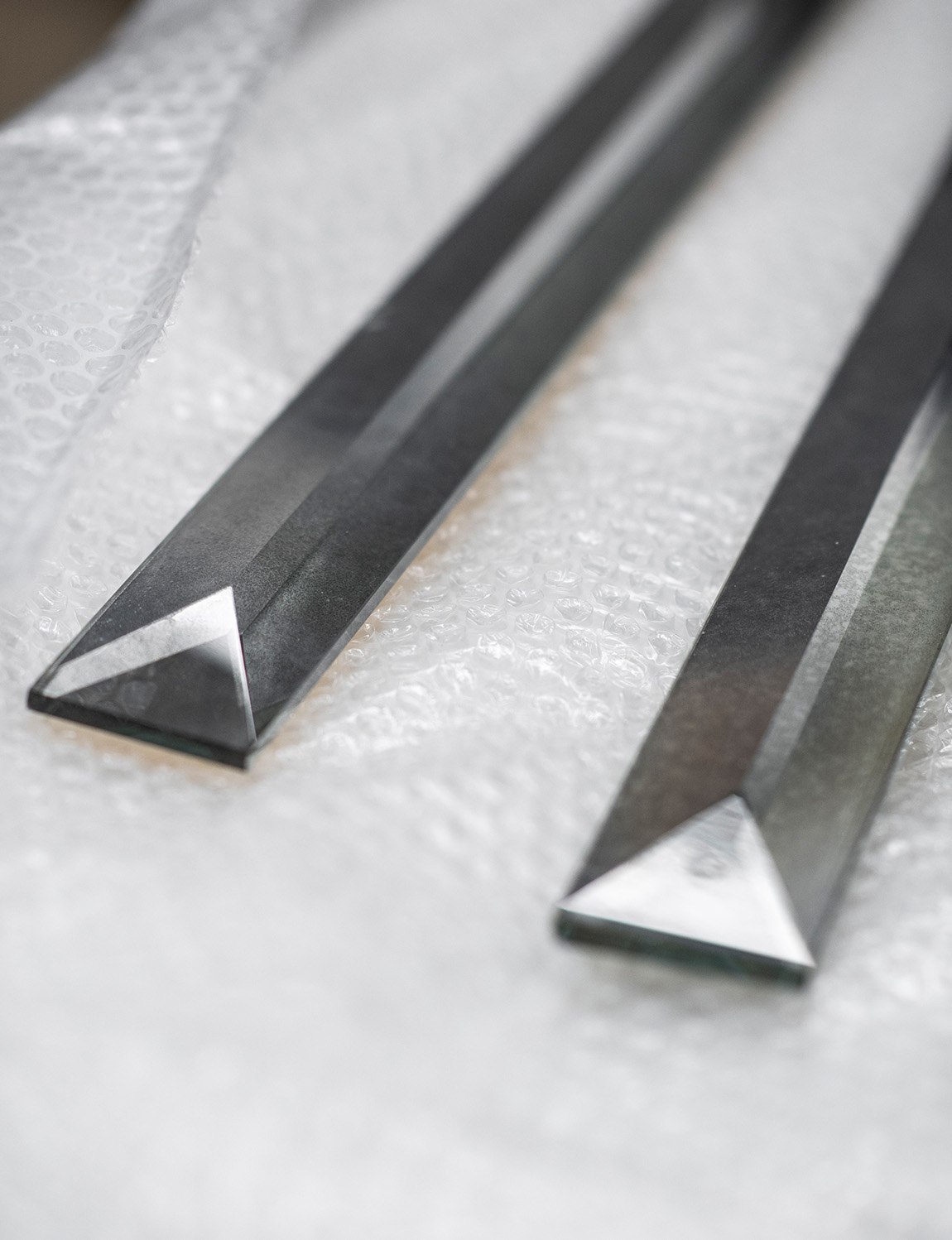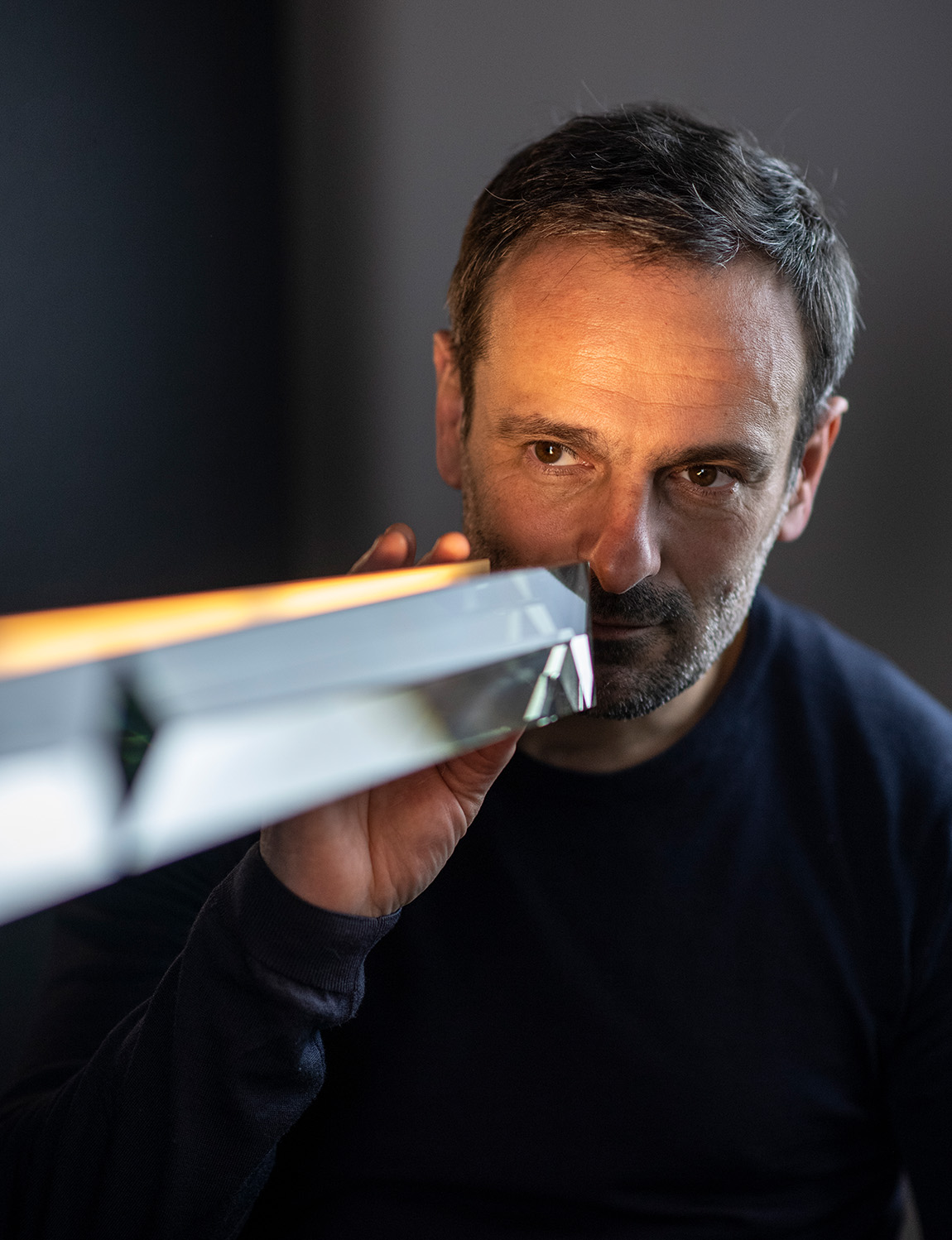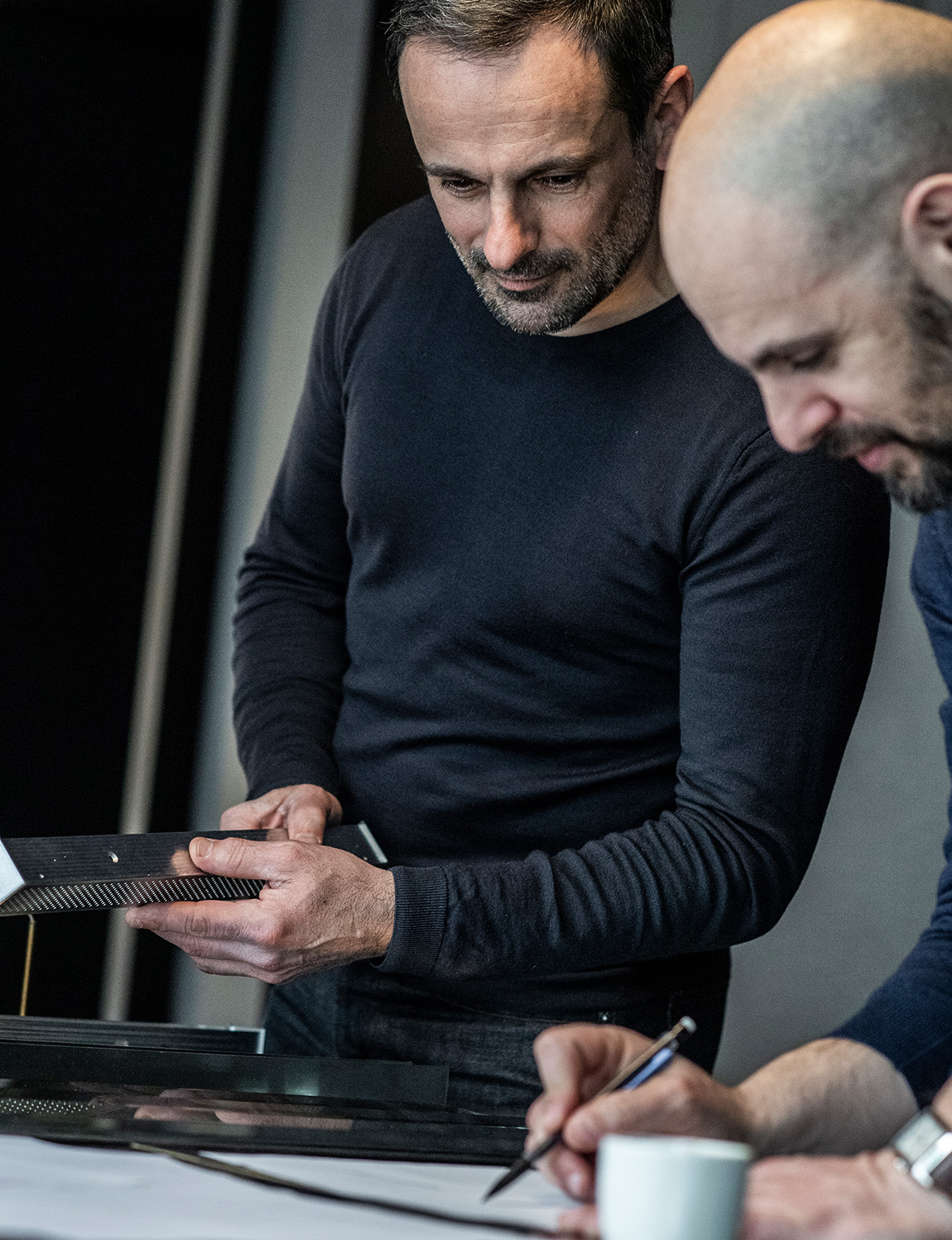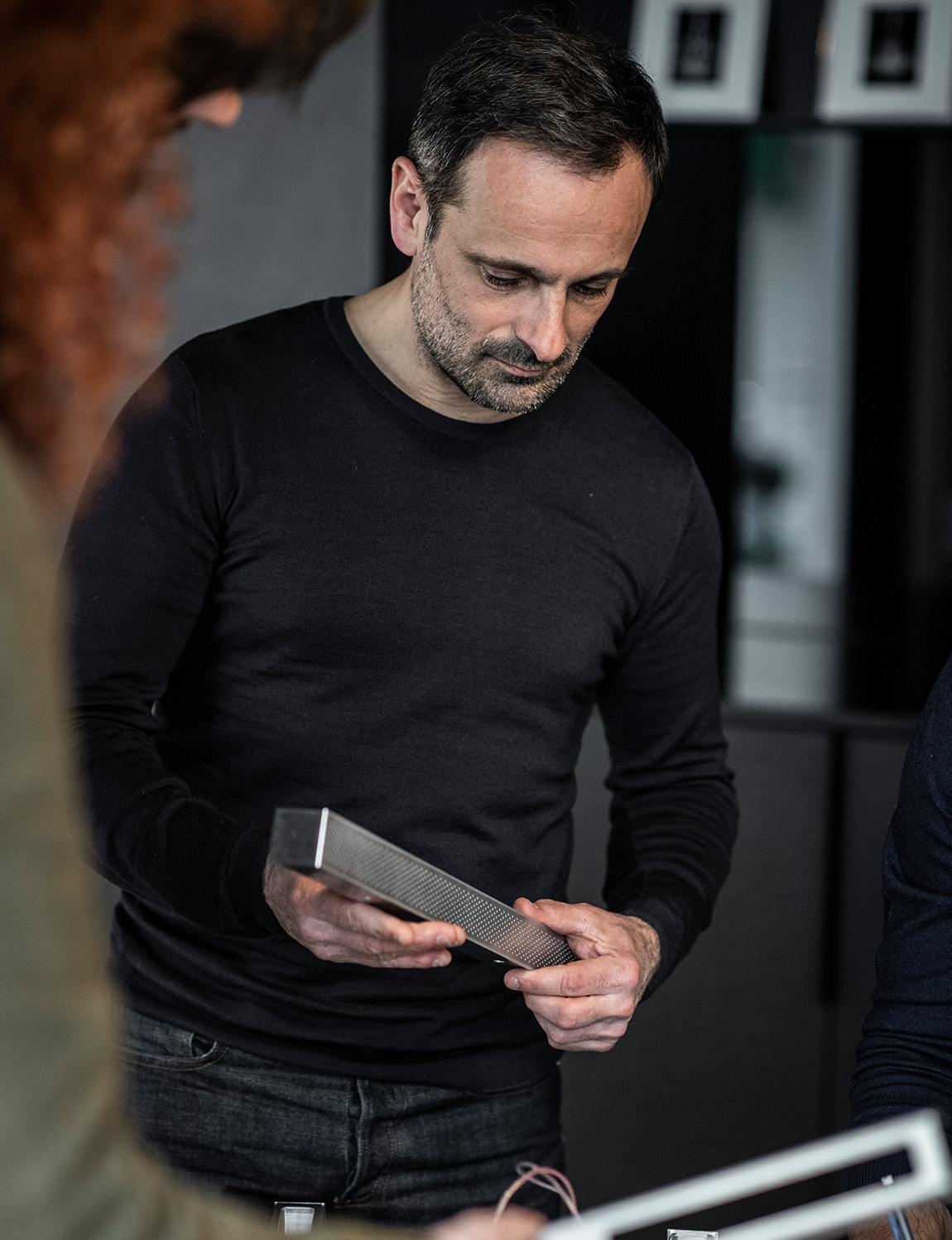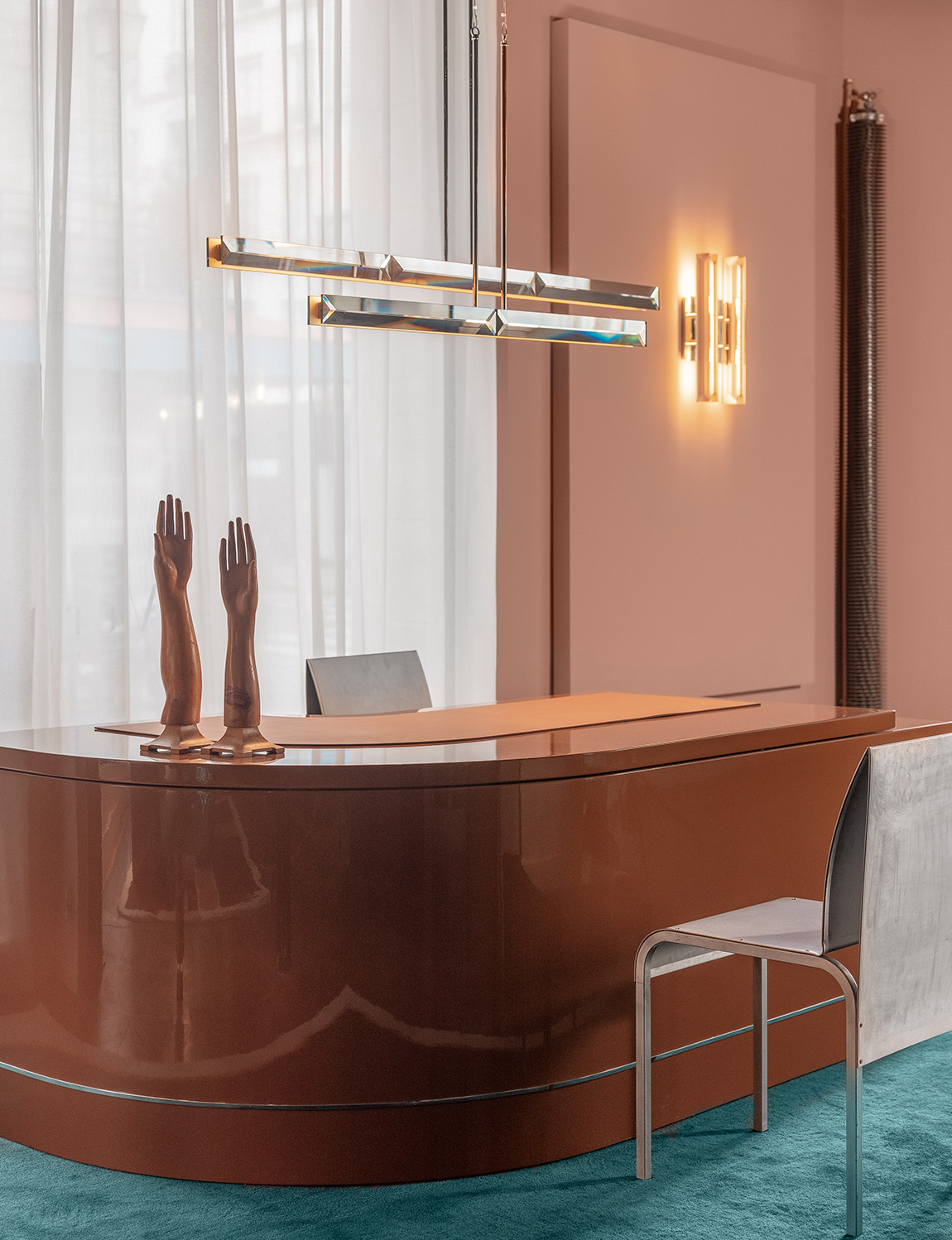Samuel Accoceberry
Plastician Designer
What is your background?
I turned to applied arts as early as high school in Bordeaux. I then chose to study architecture, but I felt creatively constrained there. I shifted towards industrial design with a BTS. At that time, there was a significant divide between industrial design and its more artistic side, which was taught in art schools. I was interested in both, so I continued at the École Nationale Supérieure d’Art de Nancy. I already had this transversal approach and the desire to break free from existing frameworks. After my studies, I worked in a studio. I wanted to “do my apprenticeship” and discover different working methods. I traveled, worked in Italy with Antonio Citterio and Rodolfo Dordoni, and then in Paris with Arik Lévy, among others. I enjoyed those years responding to client requests, adhering to brand codes, while also incorporating the signature of a studio. It’s also where you learn to work as a team, assemble files, and prepare projects.
After a few years, and after benefiting from the VIA Project Aid and winning two Red Dot design awards that brought me visibility, I decided to establish my own studio to explore all facets of my creativity. However, I missed the pure creation aspect, without commissions. I wanted to offer limited editions with a more personal expression, which I could create myself or in collaboration with artisans.
What drives you in your profession, and more specifically in creating collectibles?
In the studio, or in commissioned design, we must work with the purpose of an object, the discourse, and the aesthetics of the brand. This approach is enriching due to the constraints it imposes. When I realize a personal idea, the exercise is different; we offer an intimate expression and reveal the essence from which we draw our elements of inspiration. We free ourselves from a brief and a guiding line. With this “collectible” line, I nurture both my curiosity and my freedom. I express, without constraints, what matters to me.
Crédits : ©Yosuke Kojima, ©Alexandre Delamadeleine, ©Samuel Accoceberry
